Menu
You can manage your membership and billing method by clicking here
Terms of Service
Privacy Policy
Copyright © 2025 Office of Immigration Australia, a private company registered in Australia. All Rights Reserved.

Checking membership status...
 EXCLUSIVE MEMBERS ONLY ACCESS
EXCLUSIVE MEMBERS ONLY ACCESSTo access this month’s edition & Member’s only resources, enter your registered email address.



This bulletin is for members only, and provides our members with month to month updates on Australian immigration policy changes and consequential opportunities. Opportunities are found via federal and state government policy shifts for the demand and supply for certain occupations.
This bulletin will keep you up to date so that you do not have to employ expensive immigration lawyers to provide you with monthly research.
September 2022 has arrived, and the Skilled Independent Visa (Subclass 189) category is set for rapid growth as the Australian Government launches its biggest ever immigration program! The Minister for Home Affairs Clare O’Neil has confirmed the plan to prioritise skilled applicants from offshore. Australia’s visa backlog will first be tackled by prioritising 60,000 permanent visa applications lodged by skilled workers based overseas. This first step is just a drop in the ocean, as Australia needs a flood of workers and unemployment keeps dropping.
In this month’s ‘Federal News,’ the Australian Government is now set to drive up numbers for the Skilled Independent Visa (Subclass 189) in 2022-23, most likely starting later this month, as the Anthony Albanese government swings open the floodgates to skilled migrants. Visa applications of highly skilled offshore workers seeking a move to Australia will be fast-tracked in order to address staff shortages.
Overseas migrants will jump to the front of the queue as Prime Minister Anthony Albanese’s Government prepares to overhaul Australia’s permanent migration program. Offshore skilled professionals seeking permanent visas will be given top priority. All this, a direct result from an unprecedented period in Australia’s history where the borders were shut for almost two years. Business groups agree with the Government’s decision and have also called for a much higher skilled migrant intake to fill gaps.
As of 1st September 2022, the Priority Migration Skilled Occupation List (PMSOL) remains in effect. Visa applications with an occupation on the PMSOL continue to receive priority processing.
In this month’s ‘State News,’ almost all states and major national industry groups want key barriers to migration dropped in order to boost the number of skilled workers and help address critical skills shortages, which state governments describe as one of the biggest constraints on the economy.
We can also announce that as of this month, Queensland and Victoria are now OPEN to Offshore Applicants! The State Skilled Migration Programs for Queensland (Qld), Victoria (Vic), Western Australia (WA), Australian Capital Territory (ACT), New South Wales (NSW), Tasmania (TAS), and South Australia (SA) remain open to Offshore Applicants! The Northern Territory program still remains closed (to offshore applicants) due to pandemic restrictions. The Australian Government hopes the influx of new visa holders will help alleviate labour shortages around the country.
In this month’s ‘Economic News,’ businesses are looking for employees, but a nationwide worker shortage means they are struggling to find anyone. The never-before-seen critical skills shortage has become a drag on the economy’s recovery, and unions across Australia say that the labour shortages will only worsen. They are encouraging “permanent migration” for those skilled professionals “sitting offshore” who are ready and want to come to Australia.
In this month’s ‘Student News,’ the Australian student market is bouncing back, and we discuss the top Australian scholarships for international students that universities offer and why you should study in the Land Down Under.
All this and much more in the September issue of The Australian Immigration Bulletin! Let’s take a deeper look at what has happened so far and what is planned for the remainder of September 2022 in Australian Immigration, so that you can start planning!
As legislation and travel requirements are constantly changing, we strongly recommend obtaining advice on your individual situation from a Registered Migration Agent.
Please click here to book a consultation with one of our Registered Australian Migration Agents, located in Australia.
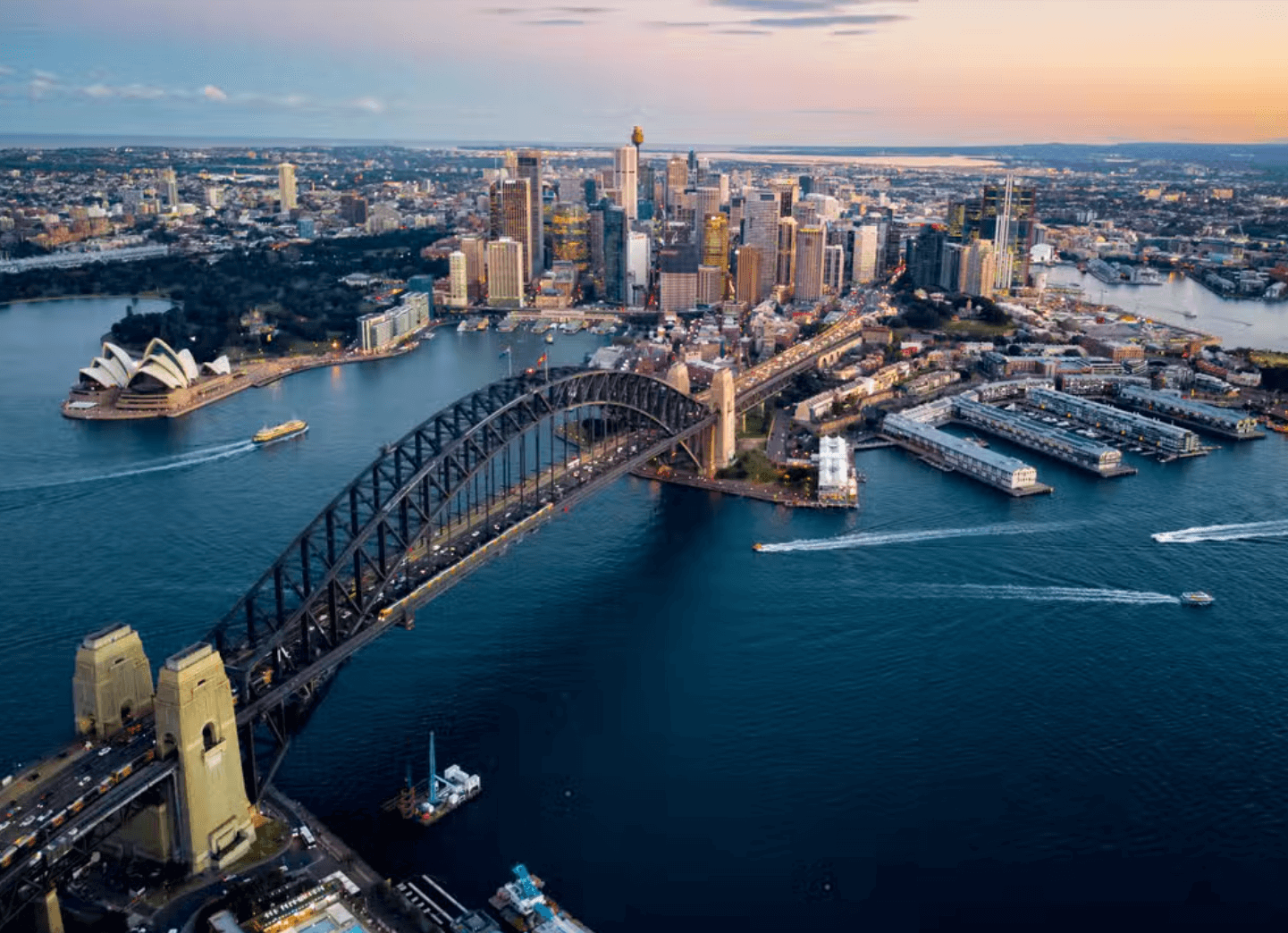
Australia’s 2022-23 Migration Program has been carefully designed to boost the social and economic outcomes that meet Australia’s needs. In fact, the migration programme was first launched in 1945 following the aftermath of World War 2. Given this long history, it is worth understanding how it works. The Australian Immigration Bulletin exists to help explain this in more detail.
As we’ve entered the 9th month of the year, join us for a look at the latest news and developments in the world of Australian Immigration!
We asked those who have established themselves with skilled jobs to share their experience and tips for a career in Australia.

We spoke with Khanh, a skilled migrant working as an engineer in a consultant engineering company.
How long have you worked in Australia for?
I have been working for about three years.
How did you get the job?
Well, I happen to know someone, and he knew an engineer in that company. So, he said, maybe just come in and have a talk to them to see if they have any available positions. So I came in with my resume. And yeah, I just introduced myself and stated that I just graduated from University and my major. And then, yeah, I got an interview with one of the engineers in the company, and then the principal engineer, also the owner of the company, and he asked me a few simple questions such as what I can do. So, they then put me on a trial. I think they liked me, and after a few months, they employed me as a full-time employee.
You’ve said that they liked you. Are you aware of what you did differently in order to get that kind of approval?
I think I just tried to work hard. And I would try many different jobs. It didn’t matter what type of job they gave me. I just tried my best. I think trying and working hard is a key attribute that employers like.
How do you think migrants who have just graduated university can get work experience in the field of engineering?
From my own experience, the best way is to just go into a company, and try to talk to someone from the engineering team. They may have something available for you that you were not expecting. Even if it’s a casual role. It’s just important to get some work experience. That would be a good start.
What other advice can you give to migrant job seekers in the field of engineering in terms of mindset and practical approach?
Try first to have some kind of practical experience to improve communication skills and better understand the Australian working culture. Have an open mind and don’t just apply for the exact role that you are looking for. Experience is definitely important and can help on multiple levels.

After years of driving down places available in the Skilled Independent category (Subclass 189), the Australian Government is now set to drive up numbers in 2022-23, most likely starting later this month.
The Skilled Independent category most characterises Australia as a migrant settler nation.
Past Australian governments have used the Skilled Independent visa category to crank up immigration levels, either to address skill shortages or, over the longer term, to slow the rate of population ageing.
Places in the Skilled Independent category have been steadily reduced since 2013-14. The reduction started when Opposition Leader Peter Dutton unilaterally cut the overall size of the program in 2017-18 (without Cabinet authority).
At the time he was Treasurer, Scott Morrison initially opposed this reduction, arguing it represented a cost to the Budget.
But in late 2018, after Dutton had made his cut, Morrison supported the cut on the basis that it would “bust congestion”.
A month later, former Treasurer Josh Frydenberg issued his 2019 Budget – which forecasted the highest absolute level of population growth in Australia’s history, including the highest level of sustained net migration in Australia’s history at around 268,000 per annum.
Frydenberg did not explain how this would help with Morrison’s “congestion-busting” population plan. Frydenberg was messaging to the business community, not to the general public.
COVID-19, of course, changed all of that and gave us two years of negative net migration instead.
The Government now plans to crank up the Skilled Independent category in 2022-23.
If the Government cannot find enough additional successful applicants in other parts of the skill stream, it will be forced into increasing the Skilled Independent category even further.
The key is to increase the number of invitations issued to people who have lodged an Expression of Interest (EOI) in migrating to Australia.
People who can score 65 points in Australia’s general points test can lodge an EOI.
In recent years, the Government has maintained a small Skilled Independent category by keeping the number of invitations it issues to a low level. This changed in late 2022, most likely because the Department of Home Affairs was not receiving sufficient applications for employer-sponsored migration and had finished clearing the partner backlog.
In 2022-23, invitations are likely to skyrise. With the ageing of Australia’s workforce, the current shortage of skilled professionals will likely grow significantly over the next decade and a subsequent increase in Skilled migration will continue.
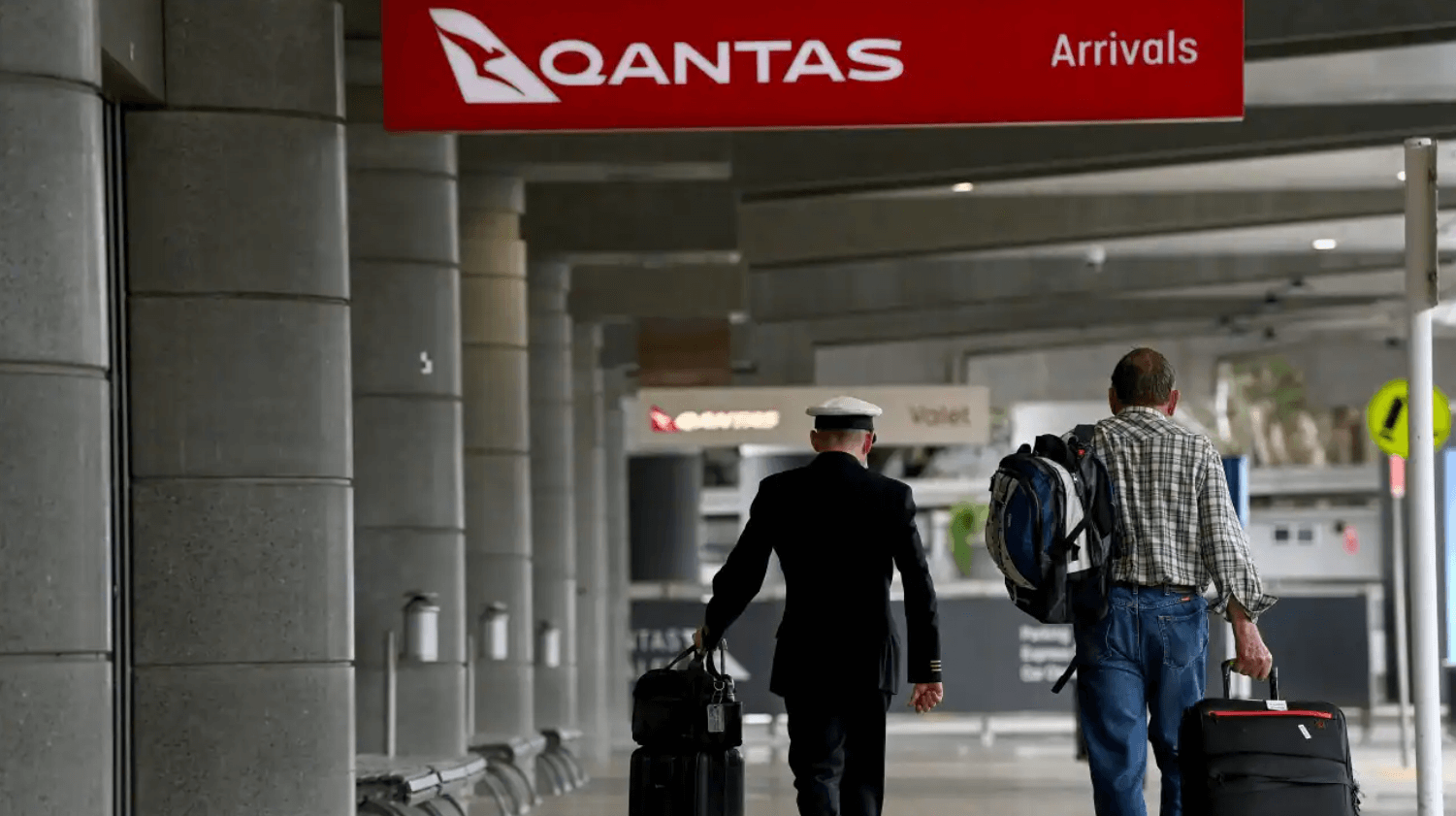
Australia’s visa backlog will be tackled by first prioritising 60,000 permanent visa applications lodged by skilled workers based overseas as the federal government focuses its response on workforce shortages being hindered by processing delays.
The Department of Home Affairs has redirected resources and brought on more staff to address the visa gridlock.
But Home Affairs Minister Clare O’Neil has now confirmed its plan will prioritise skilled applicants from offshore.
“The real priority for me is what we can do within the constraints of the system to quickly work through the backlog.”
“The change is prioritising people who are offshore who are wanting to come here to work and working through those applications as quickly as we can.”
Associate Professor Anna Boucher of the University of Sydney described the visa backlog as “massive” and said this initial response would only amount to a first step.
“It’s a drop in the ocean, when we need close to half a million workers as unemployment keeps dropping,” she said.
“Even if they took all of those permanent visa holders in the queue and all of the temporary visa holders – it’s still nowhere near going to cover the scale of the skill shortage.”
Ms O’Neil has conceded the initial plan is a short-term response, but says the government intends to discuss how the migration program can be tailored to address long-term challenges at a jobs summit in September.
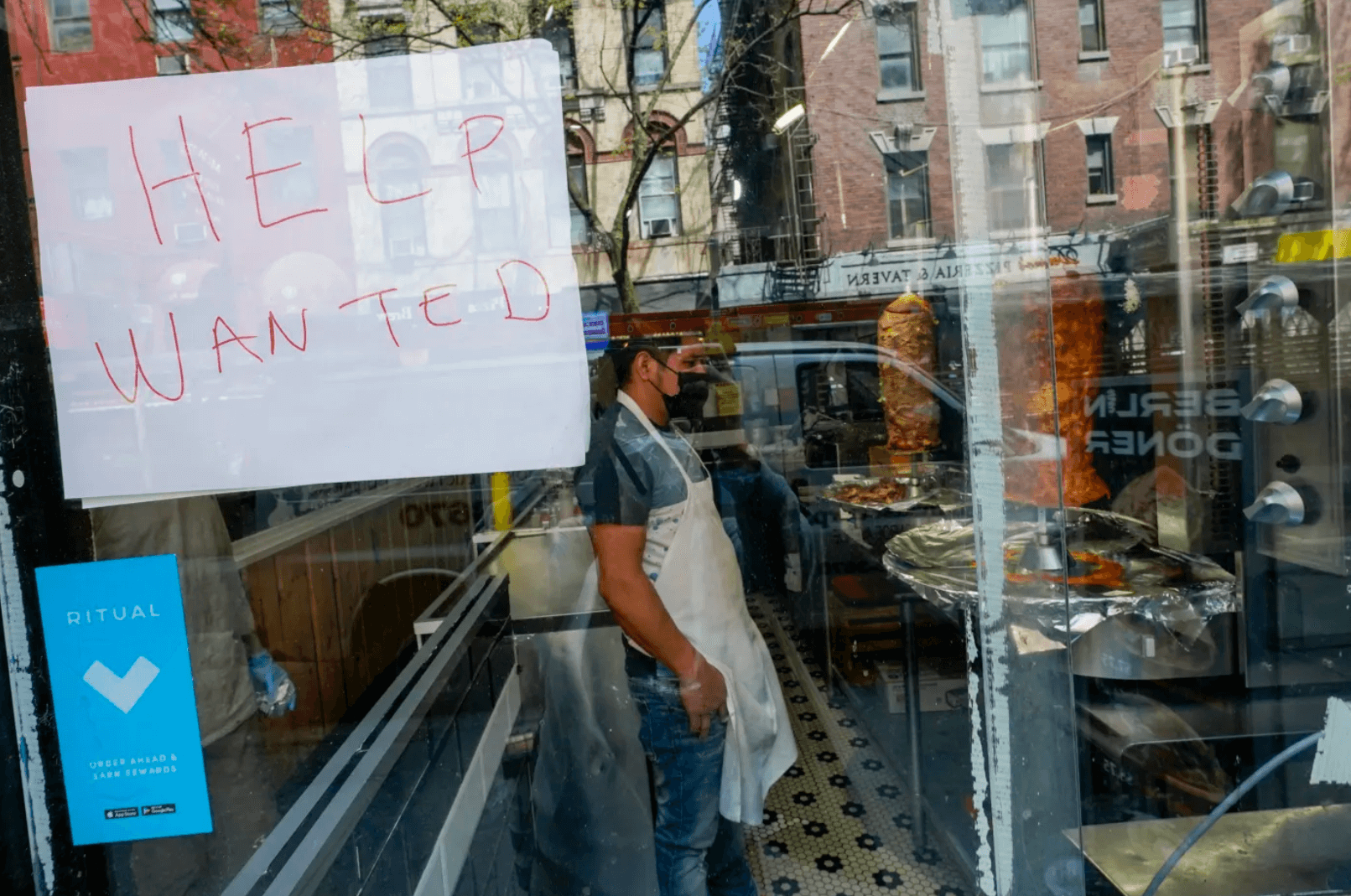
The federal government’s flagging of increases to the skilled migration cap has tickled business groups, with the Australian Chamber of Commerce and Industry calling a boosted migrant number “essential to addressing unmet labour demand”. ACCI chief executive officer, Andrew McKellar, said:
“As the global race to attract skilled migrants heats up, we cannot risk getting left behind. We must have efficient and cost-effective visa settings to attract and retain talent which will be crucial to strengthening our economic recovery in the years ahead. Businesses of every size in every sector reporting significant barriers to getting the skilled workforce they need, forcing them to operate below capacity or close their doors entirely.”
He called for more resourcing of visa processing, to cut down wait times.
Skills minister Brendan O’Connor today pledged the Government would work to “unclog the application process”.
Australian Council of Trade Unions president, Michele O’Neil, flagged similar concerns, saying: “We support a system which provides genuine decent job opportunities and training for local workers and permanent migration.”
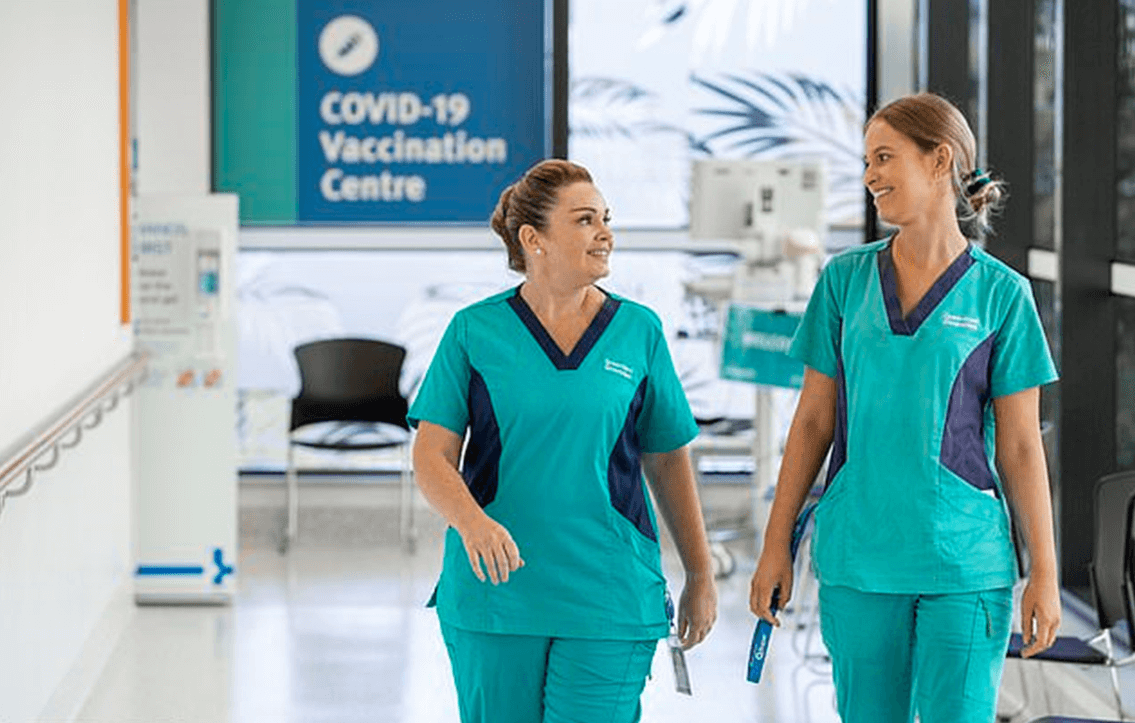
How HUNDREDS OF THOUSANDS of migrant workers are set to pour into Australia as Anthony Albanese overhauls the country’s migration program
Visa applications of highly skilled workers seeking a move to Australia will be fast-tracked to address staff shortages.
The visa applications of hundreds of thousands of highly skilled foreign workers will be fast-tracked in a desperate effort to address staff shortages.
Overseas migrants will jump to the front of the queue as Prime Minister Anthony Albanese’s government prepares to overhaul Australia’s permanent migration program.
A majority of those are skilled workers seeking permanent visas, whose applications will be given top priority.
Long term changes to the revamped program will be announced following a government jobs and skills summit in early September.
The move was hailed by the minister as a ‘once in a generation opportunity to step back and ask what the immigration system was for and ask whether the current system is meeting needs.’
‘We’ve got to get the system moving again, and then we have to have the deeper conversation,’ Ms O’Neil said.
High priority will be given to applications which can fill staff shortages.
‘We’ve just come through an unprecedented period in our history where the borders were shut for almost two years,’ Ms O’Neil said.
‘So, at the other end of that we have a business community and an economy that’s crying out for more workers.’
‘So, the change is prioritising people who are offshore who are wanting to come here to work and working through those applications as quickly as we can.’
Business groups have called for a much higher skilled migrant intake to fill gaps.
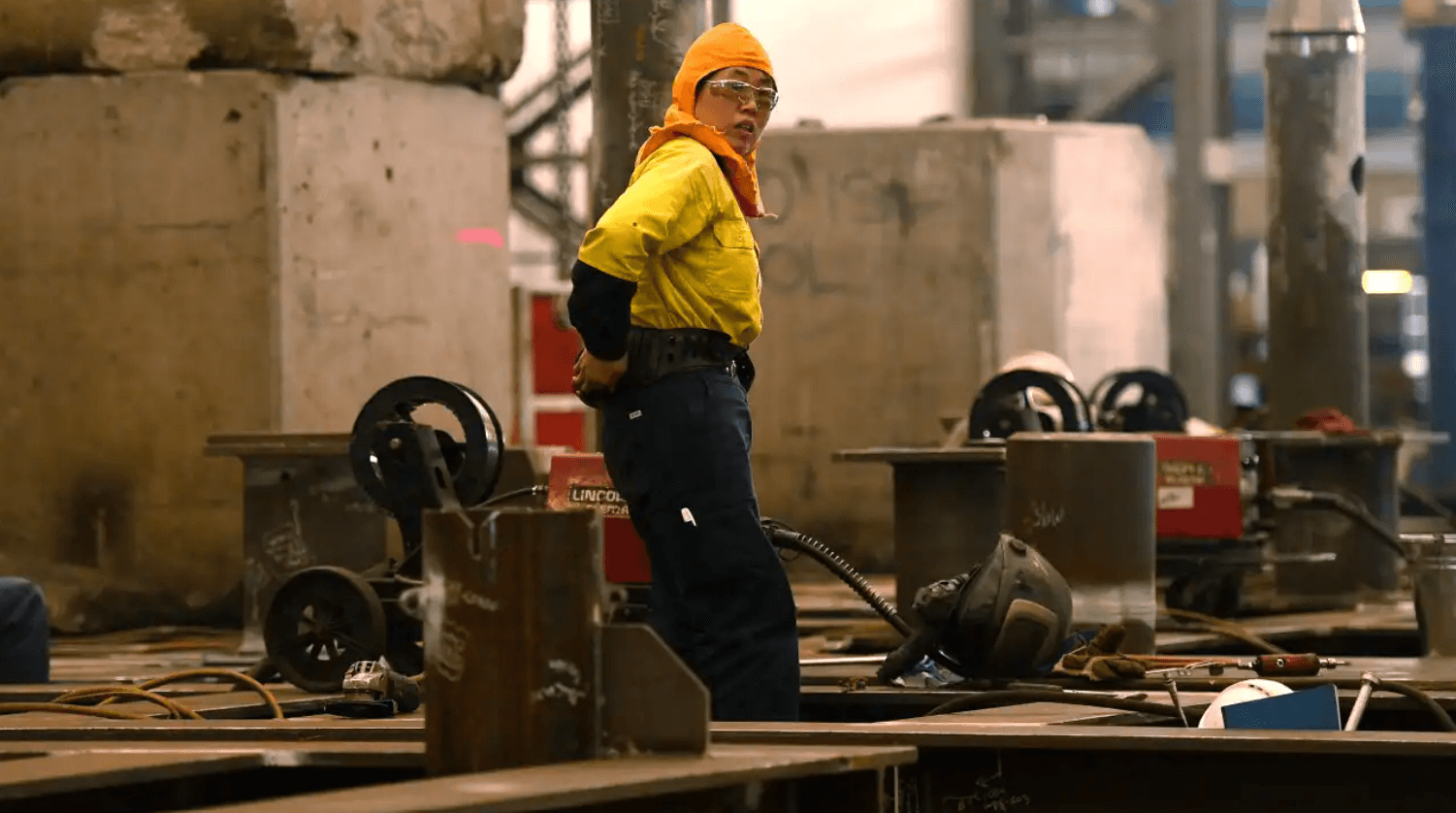
The Australian Government has pledged to process the backlog of visa applications as an urgent priority to address this severe labour market shortages being faced across all sectors of the Australian economy.
Under the new Government, the Minister for Immigration, Citizenship and Multicultural Affairs, The Hon. Andrew Giles, has instructed the Department of Home Affairs to devote more staff and time to addressing the current visa backlog. The Department has embraced a particular focus to key offshore caseloads such as skilled, student, and visitor visas.
Since May 2022, the Department has advised that 140 new staff have been trained and allocated to visa processing roles. In addition to this, a surge capacity to work overtime has been introduced, drawn from across the Department and the Australian Border Force.
So far, we can see improvements in the Departments efficiency and effectiveness. Even though there was a 6.5% increase in the number of visa applications between May-June 2022, the Department, over the same period, increased their case load by 10.6%.
Following this, in one month since the beginning of June 2022, 745,000 visa applications have been finalised. This includes 645,000 offshore visa applications, 388,000 visitor visas, 62,000 student visas and 9,550 temporary skilled visas.

Opening its migration program for 2022-23 in August, the Victorian government invited both onshore and offshore applicants from all skilled occupations listed under the Department of Home Affairs (DoHA) to submit their interest for the Subclass 190 skilled nominated visa stream and the Subclass 491 skilled work regional (provisional) visa.
The state government said that its 2022-23 Skilled Migration Program is now open.
“Open to applicants living in Victoria and overseas, the program provides skilled migrants with a pathway to permanent residency in Victoria,” the statement said.
“The skills that successful applicants bring to Victoria benefits employers and the broader Victorian economy. The program provides two visa pathways,” it added.
The government said “as with previous years, applicants will first need to submit a Registration of Interest (ROI) and then be selected on competitive merit to apply for visa nomination.”
Before submitting a ROI, applicants should ensure that they meet all eligibility requirements and ROIs will be assessed until May 2023.
The government has also encouraged applicants who were not selected previously, to submit a new Registration of Interest for the 2022-23 program.
Thirty-year-old Tanmay Jhawar was granted a PR visa just three days ago and is glad the process is done and dusted.
“I was granted a visa on 9 August and I am so relieved now. I work in the IT sector and I had filed my PR last year so I believe if there is an urgent job requirement in the state, the visa process will not take too long,” he said.
This year presents a great opportunity for applicants who could not get an invite last year as the program was only aimed at applicants from specified streams like science, technology, engineering, mathematics and medicine (STEMM).
She says it was also a great opportunity for the people who could not meet the state nomination requirements earlier.
“This time they have opened up for all the occupations which are in the skill level 1, 2 and 3. You just need to be working and you have to show the evidence of working,” she said.
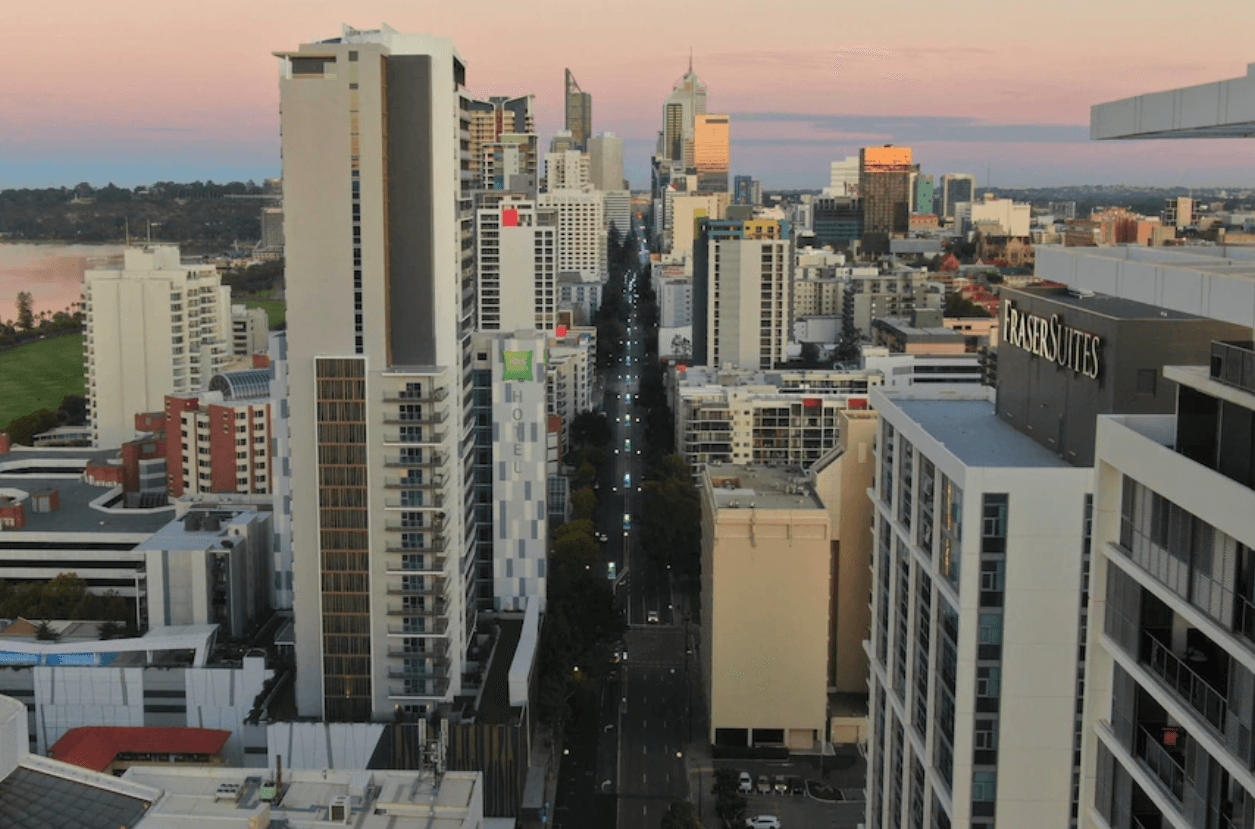
Major West Australian businesses want key barriers to migration dropped to boost the number of skilled workers and help address a critical skills shortage, which the state government describes as one of the biggest constraints on the economy.
The Committee for Perth, which counts key companies and institutions operating in WA among its members, has released a research report titled ‘Race to the Top’ laying out a three-year plan to address the state’s labour shortages.
Among the 14 recommendations, the report proposed the McGowan government, industry bodies and large corporations advocate for the federal government to reduce visa processing times and temporarily remove labour market testing requirements, when unemployment falls below the “natural unemployment” rate of about 4.5 per cent.
The national unemployment rate currently stands at 3.5 per cent, and 3.4 per cent in WA.
The report said these measures would allow employers to access overseas workers faster and more easily sponsor them when there were no locals to do the job.
The report also called for better recognition of migrants’ skills and qualifications to help match them to jobs.
But for these measures to be effective, it said it was critical government and industry work together “to present a unified strategy and narrative on migration” to the federal government.
As part of the report, WA business leaders put forward the case for urgent change.
Brightwater Care chief executive Catherine Stoddart said as an industry, aged care traditionally relied on a migrant workforce.
“Strategies to reduce migration red tape and attract a workforce to come and live and work in our beautiful state is essential,” Ms Stoddart said.
“Never before have we seen such a critical labour shortage – something I know is not only true for us and others in our industry – but across a wide range of industries in WA.
“It has been estimated that Australia’s aged care industry will experience a shortfall of 35,000 workers per year if we don’t find a solution.”
Wesfarmers chief executive officer Rob Scott said the company was experiencing skills shortages, particularly in the technology, digital, construction, engineering and supply chain areas.
“In recent decades, Australia has benefited from immigration, and it has been a core part of the successful growth and development of the country,” Mr Scott said.
“We hope that we will see an increase in immigration to address some of the workforce shortages we are currently facing as a nation.”
Deputy Premier Roger Cook agreed WA had to look internationally to boost workforce rates and grow the economy.
“Labour shortages is one of the biggest constraints on our economy at the moment,” Mr Cook said.
“There’s not a sector within the West Australian economy which is not looking for more workers, looking for more skills.”
“So we need to look beyond our borders.”
The Albanese government will hold a Jobs and Skills Summit at Parliament House in Canberra in September, bringing together employers, unions, advocacy groups and government to address the country’s economic challenges.
Mr Cook said Premier Mark McGowan would attend and make sure the Commonwealth understood the importance of a strong skilled migration program.
“Coupled with that needs to be better recognition of overseas trades and qualifications to make sure that people can take the opportunities of employment in Western Australia so we can continue to expand our economy,” Mr Cook said.
The Committee for Perth report identified what it called systemic issues limiting labour supply and holding the economy back.
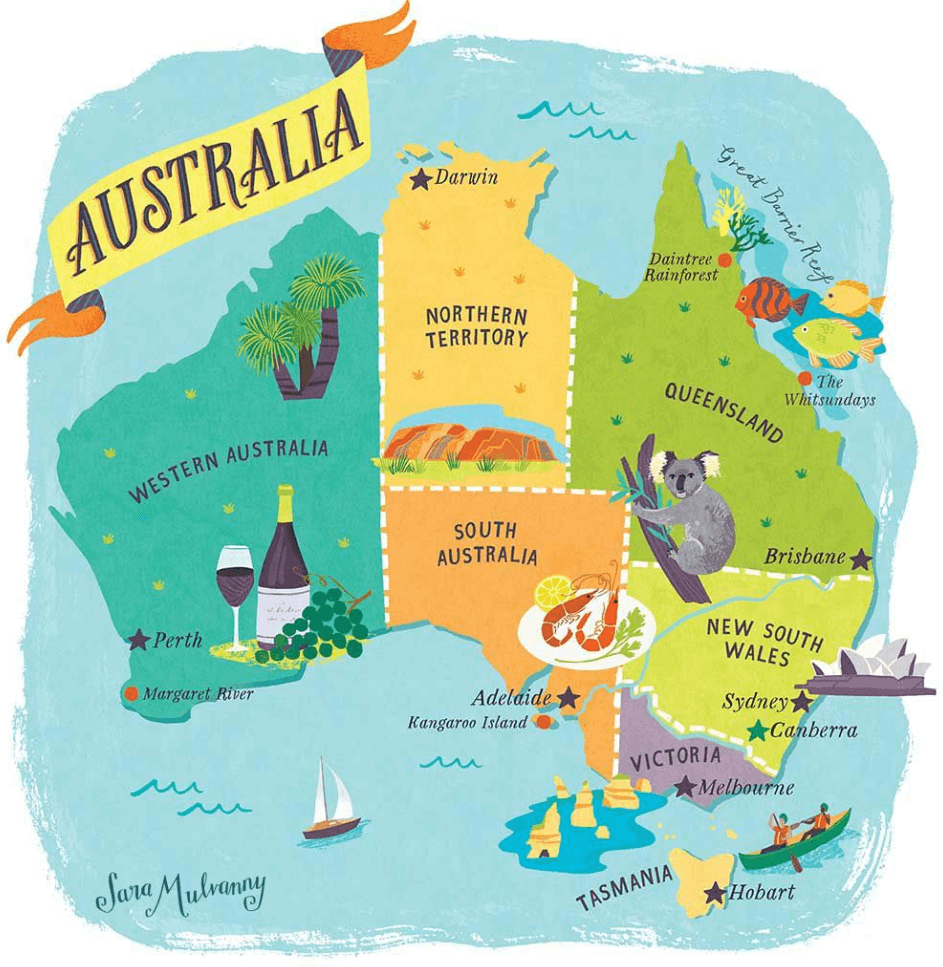
In view of the global pandemic, the Australian government during 2020 and 2021 imposed some temporary travel restrictions. Now various states of Australia have started issuing invitations and nominating the candidates for skilled migration.
Australia has a point-based system for skilled migration. The Australian State and Territory government programs have two ‘point-tested categories’, being;
The ‘Skilled Nominated- Subclass 190’ is a points-tested permanent category for skilled workers who are nominated by an Australian State or Territory government. The ‘Skilled Nominated- Subclass 190’ enables skilled workers and their families to live, work and/or study in Australia indefinitely with full work rights. You would generally be expected to reside for 2 years in the State or Territory which nominated you.
The ‘Skilled Work Regional (Provisional)- Subclass 491’ is a points-tested temporary category for skilled workers who are nominated by an Australian State or Territory government. The ‘Skilled Work Regional (Provisional)- subclass 491’ enables skilled workers and their families to live, work and/or study in regional areas of Australia for up to five years. This nomination then provides pathways to permanent residency after three years. For migration purposes, most locations of Australia outside of major cities (Sydney, Melbourne, Brisbane, Perth, etc.) are classed as regional areas.
Key requirements for an Australian State or Territory Government immigration nomination:
To apply for either of these nominations, ‘Skilled Nominated- Subclass 190’ or
‘Skilled Work Regional (Provisional)- Subclass 491’, you will still need to lodge an Expression of Interest (EOI).
When deciding whether to nominate an applicant, state or territory nominating agencies refer to their own criteria, which vary from state to state. As a starting point, all applicants must show they have an occupation on the relevant state or territory occupation list, and that they have a genuine intention to reside in that state or territory.
State and territory agencies offer a number of different ‘streams’ and generally cater to offshore skilled applicants, onshore skilled applicants, and recent tertiary graduates.
Candidates currently residing overseas who are interested in State and Territory nomination should ensure their Skillselect EOIs are up-to-date.
Please note, the below is information on general requirements and does not take into account any of your personal circumstances. You must check the State/Territory information carefully to ensure you can meet all the requirements for nomination.
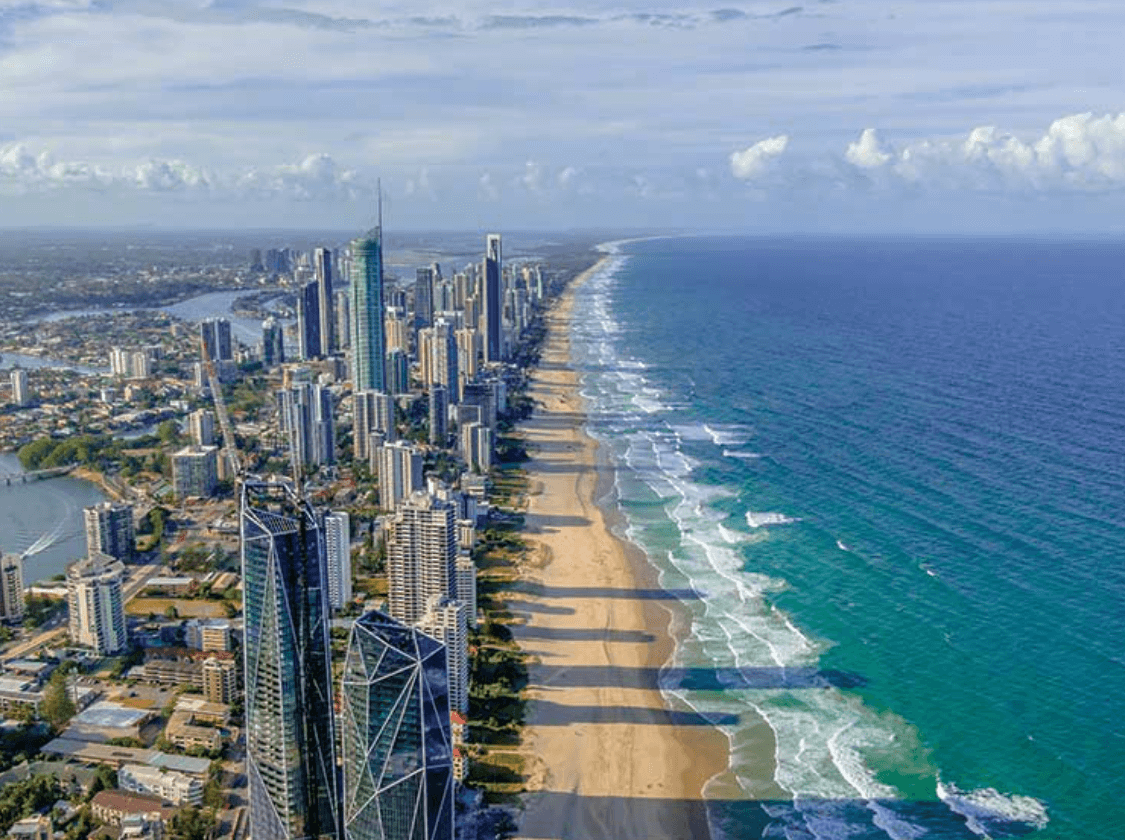
To manage Queensland’s COVID recovery response, applicants currently residing offshore are now able to apply.
Depending on your occupation and situation, there are two state nomination options available for skilled migrants through Queensland.
For Queensland state nomination, prospective applicants must meet the Department of Home Affairs requirements, state-specific occupation requirements and have skills in an occupation that is available on the Queensland Skilled Occupation List.
You may undertake employment once onshore in Queensland through:
Offshore applicants meeting the minimum published requirements can now lodge a Registration of Interest (ROI).
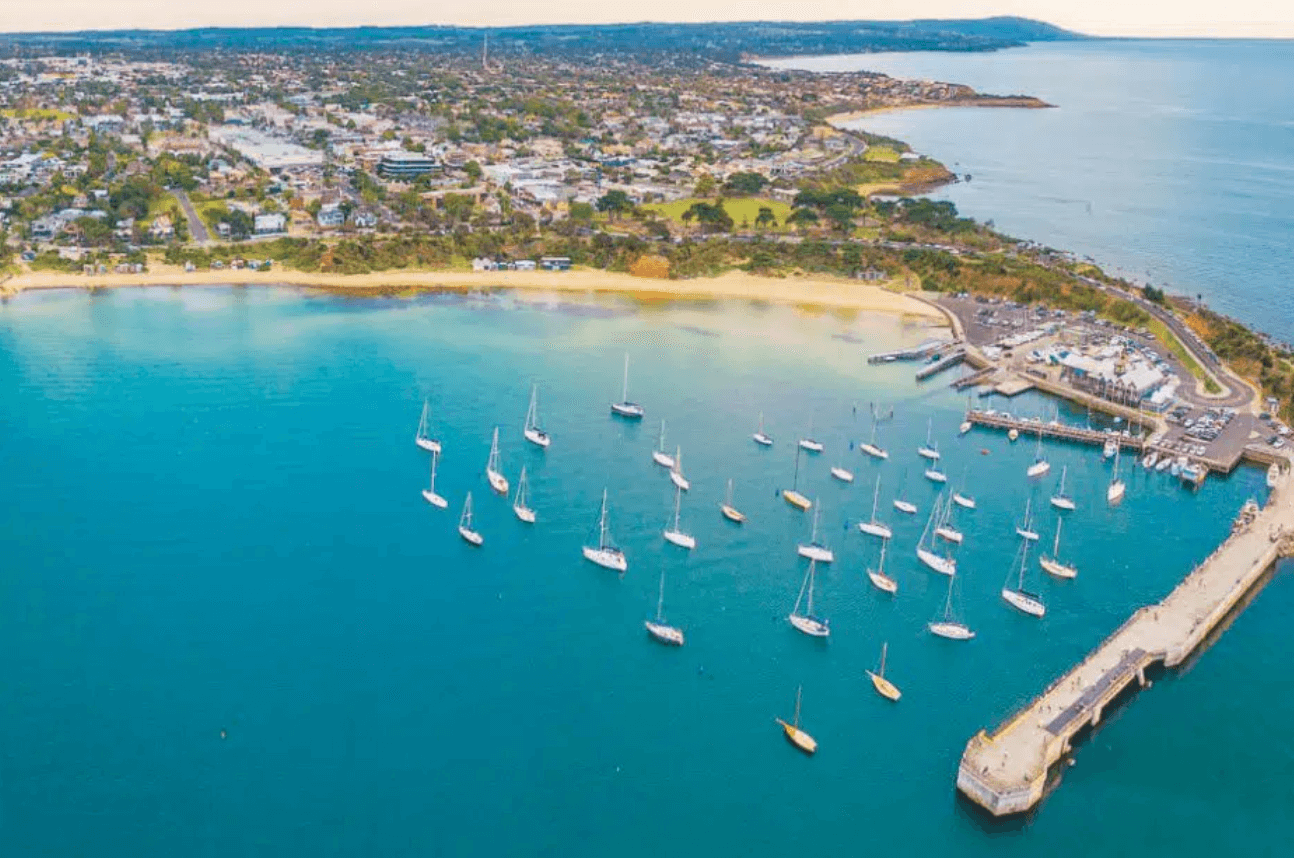
Now open to offshore applicants, the program provides skilled migrants with a pathway to permanent residency in Victoria. The skills that successful applicants bring to Victoria benefits employers and the broader Victorian economy.
The program provides two visa pathways.
The Skilled Nominated visa (subclass 190) is a permanent visa for skilled migrants to live and work anywhere in Victoria. The Skilled Work Regional (Provisional) visa (subclass 491) is for skilled migrants to live and work in regional Victoria and provides a pathway to permanent residency through the Permanent Residence (Skilled Regional) visa (subclass 191).
As with previous years, applicants will first need to submit a Registration of Interest (ROI) and then be selected on competitive merit to apply for visa nomination.
Before submitting a ROI, applicants should ensure that they meet all eligibility requirements:
ROIs will be assessed until May 2023.
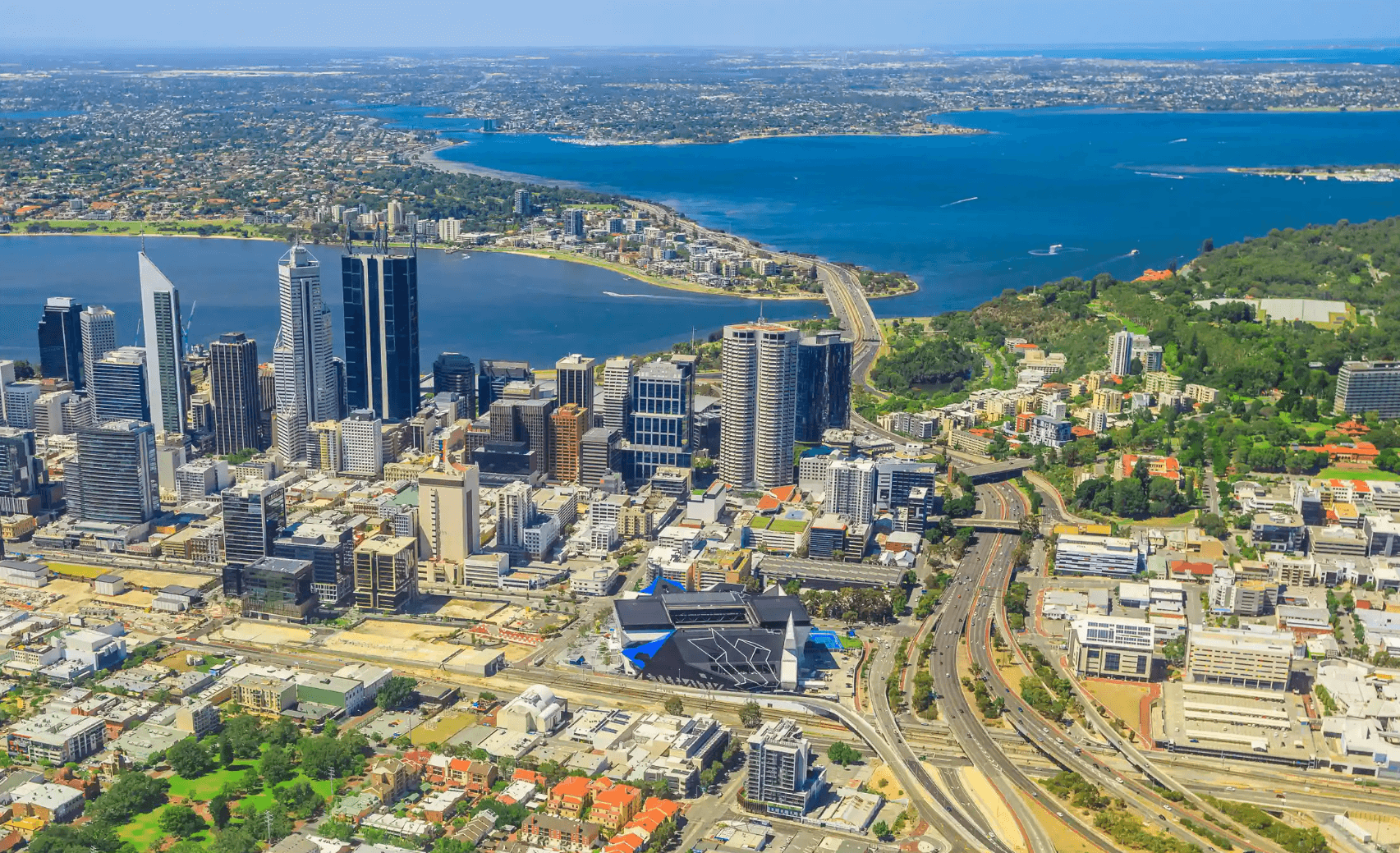
People residing offshore are now eligible to be considered for Western Australia (WA) State nomination. Invitations to apply for WA State nomination will be via the ranking system.
The Western Australia Critical Skills Occupation List identifies the occupations in current demand in Western Australia. This List is important if you want to apply for Western Australia nomination for either a:
Please continue to monitor this segment for any further changes. With world-class education, healthy job opportunities and strong public health management, WA is a safe place to live, work and study.
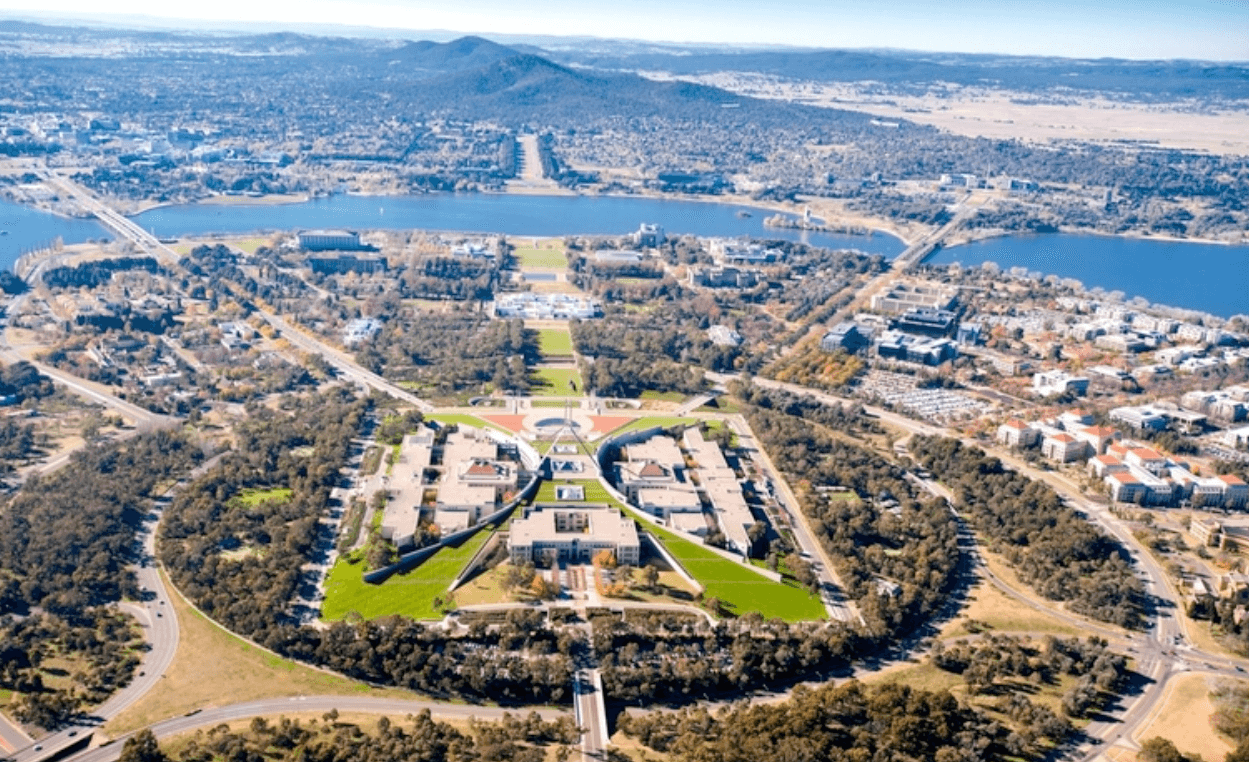
The ACT Critical Skills List identifies the occupations in current demand in the ACT. This List is important if you want to apply for ACT nomination for either a:
The ACT Government will update this list every four months to make sure that the ACT Skilled Migration Program adapts and responds to the evolving critical skills needs of the ACT economy.
The Canberra Matrix is weighted to ensure that applicants who will make a positive economic contribution to the Territory and/or have demonstrated a genuine commitment to the ACT are more likely to be ranked and invited to apply for ACT nomination.
*ACT nomination does not guarantee a migration outcome. You must still meet the Department of Home Affairs criteria.
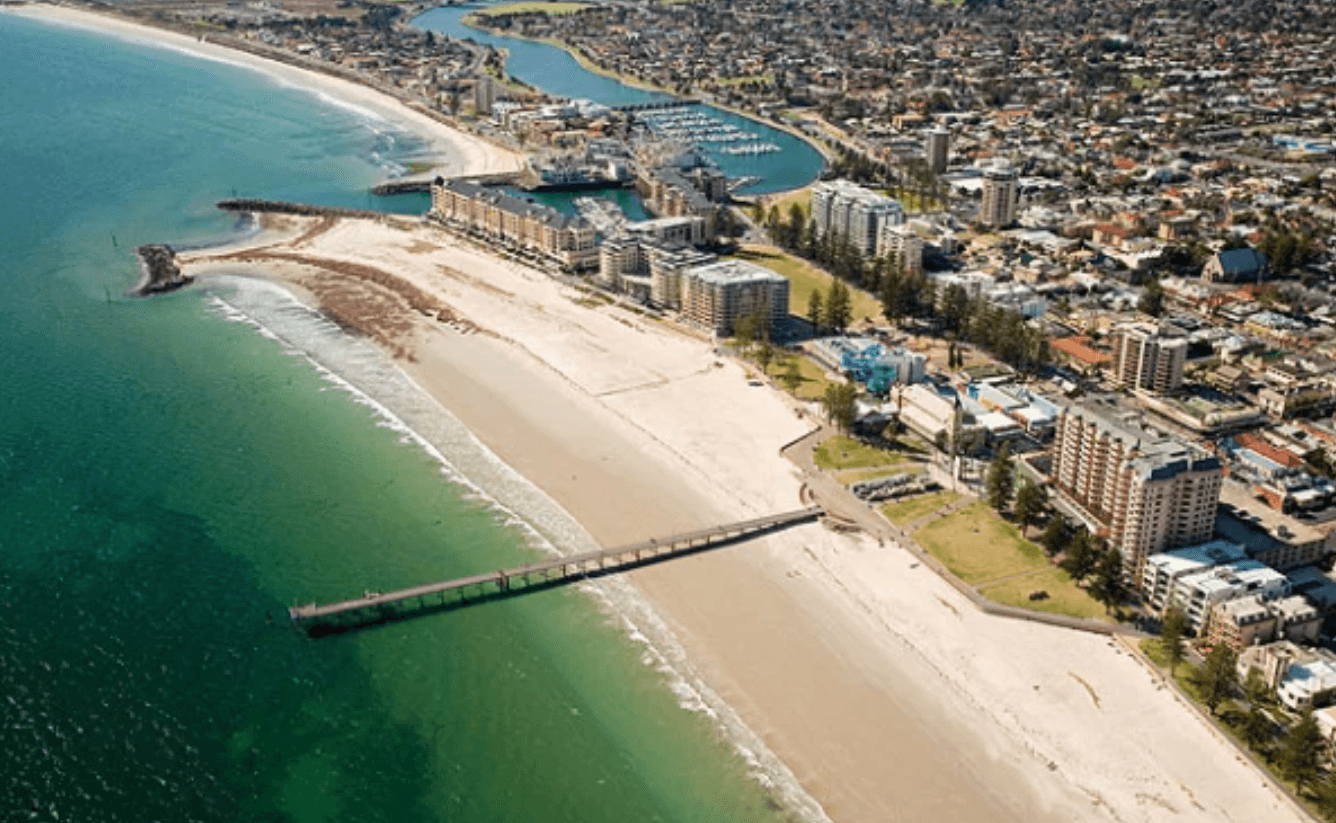
To manage South Australia’s COVID recovery response, applicants currently residing offshore are still able to apply.
Depending on your occupation and situation, there are two state nomination options available for skilled migrants through South Australia.
For South Australian state nomination, prospective applicants must meet the Department of Home Affairs requirements, state-specific occupation requirements and have skills in an occupation that is available on the South Australian Skilled Occupation List. Offshore applicants meeting the minimum published requirements can now lodge a Registration of Interest (ROI).
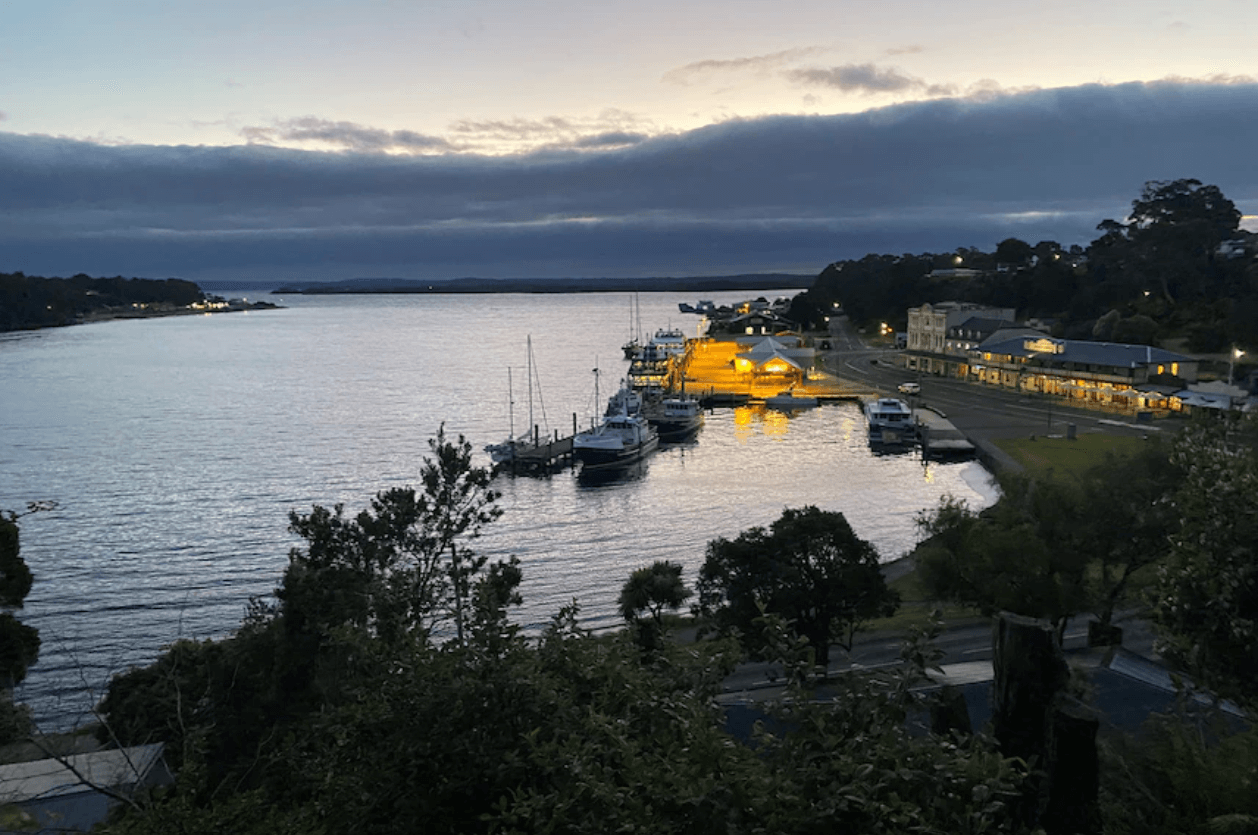
Changes to nomination requirements:
Only minimal changes have been made to nomination requirements for the Tasmanian 2022-23 program year. A summary of this information is below:
Working in Tasmania
The two state nomination options available for skilled migrants through Tasmania are:
The Tasmanian State Nomination Skilled Migration Program supports Tasmanian businesses and increases the state’s working age population. It does this by attracting and retaining migrants with skills genuinely in need by employers, or with the capacity to settle in Tasmania through skilled employment in the long-term, and business activities that will increase employment opportunities.
Due to the effects of Covid-19, Migration Tasmania’s current nomination priorities continue to be:
Tasmania’s skilled migration program is for people wanting to move to the state who have skills that Tasmania need. Skilled migrants are attracted to Tasmania because of the state’s enviable lifestyle, career opportunities, affordable housing, reputable schools and a globally recognised university.
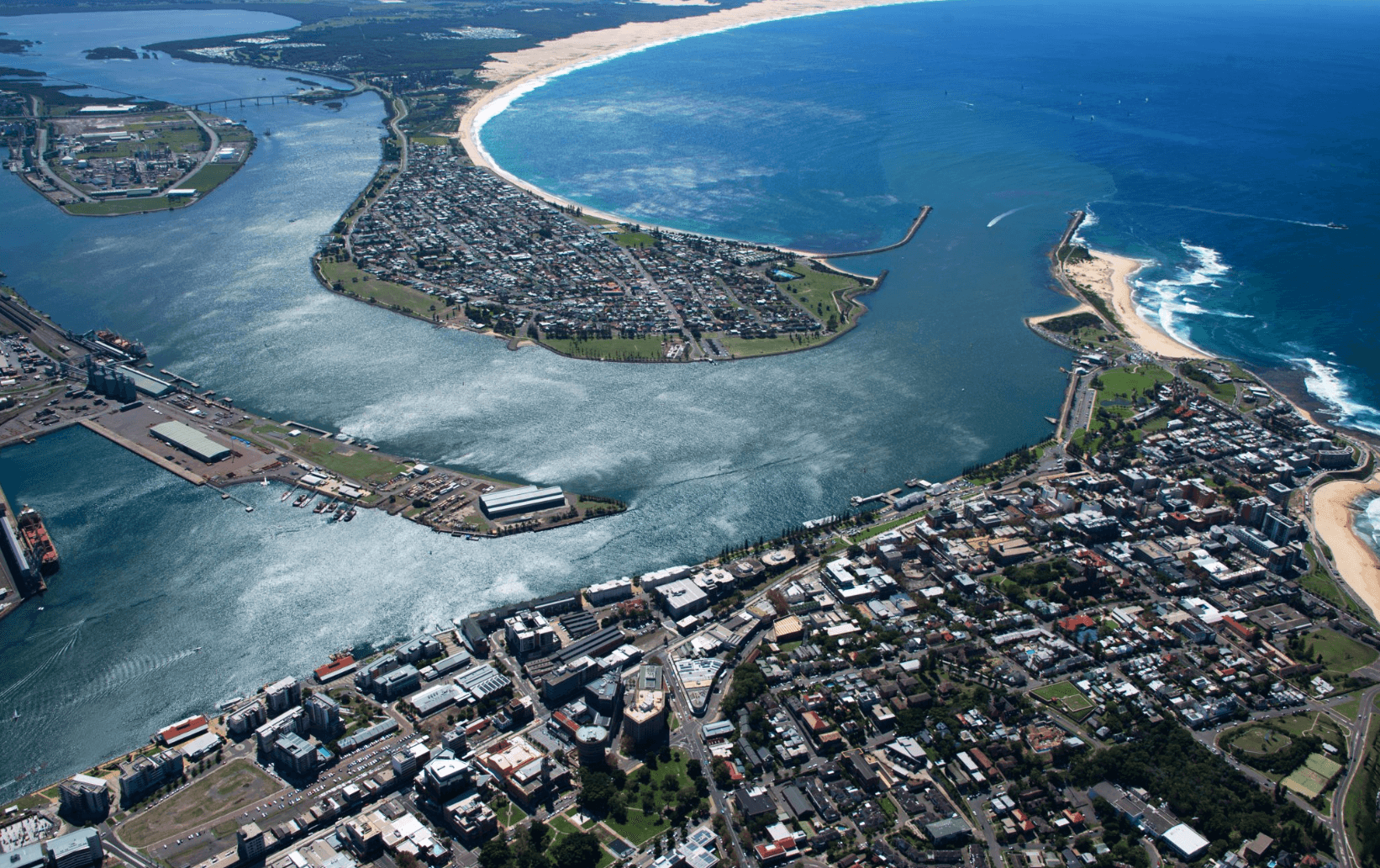
*New South Wales (NSW) Skilled Migration Program remains open to Offshore Applicants!
The New South Wales government has invited applications from offshore migrants under the following nomination streams:
The NSW State Government announced that offshore applicants skilled in certain ANZSCO unit groups are still eligible for NSW nomination.
Offshore candidates criteria:
If you are residing offshore, you must:
*Please note: Invitation rounds occur throughout the financial year.
Some of these identified ANZSCO unit groups include engineering managers, health and welfare service managers, production managers, primary and secondary school teachers, pharmacists, dental practitioners, midwives, registered nurses, social workers, chefs, cooks, and other professions on the Priority Migration Skilled Occupation List (PMSOL).
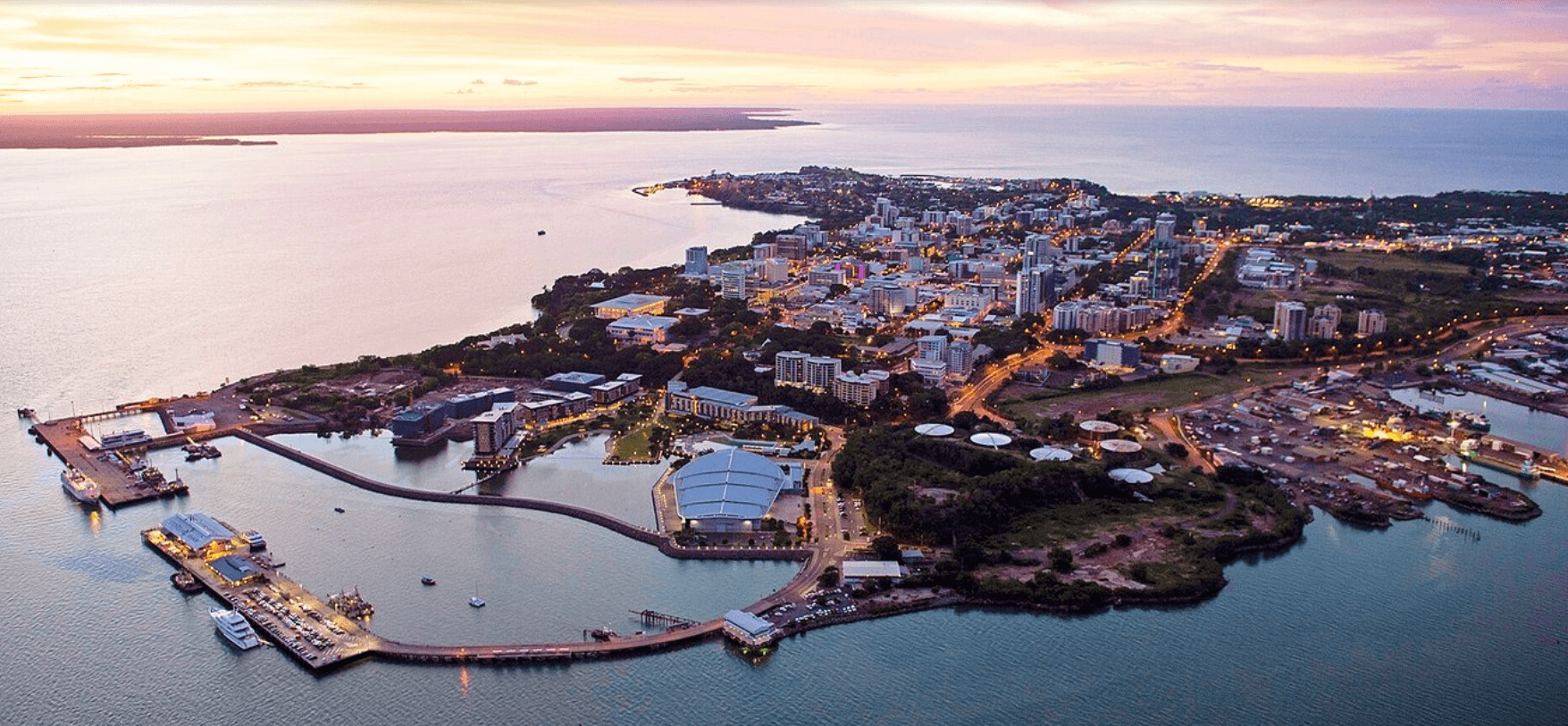
Program Status Update
The 2022-23 migration program is well underway and the Northern Territory remains open for new onshore nomination applications. Offshore applications remain currently closed due to Covid-19 restrictions.
The Australian Migration Bulletin will continue to update you regarding the Northern Territory nomination migration program for offshore applications over the next monthly bulletins.
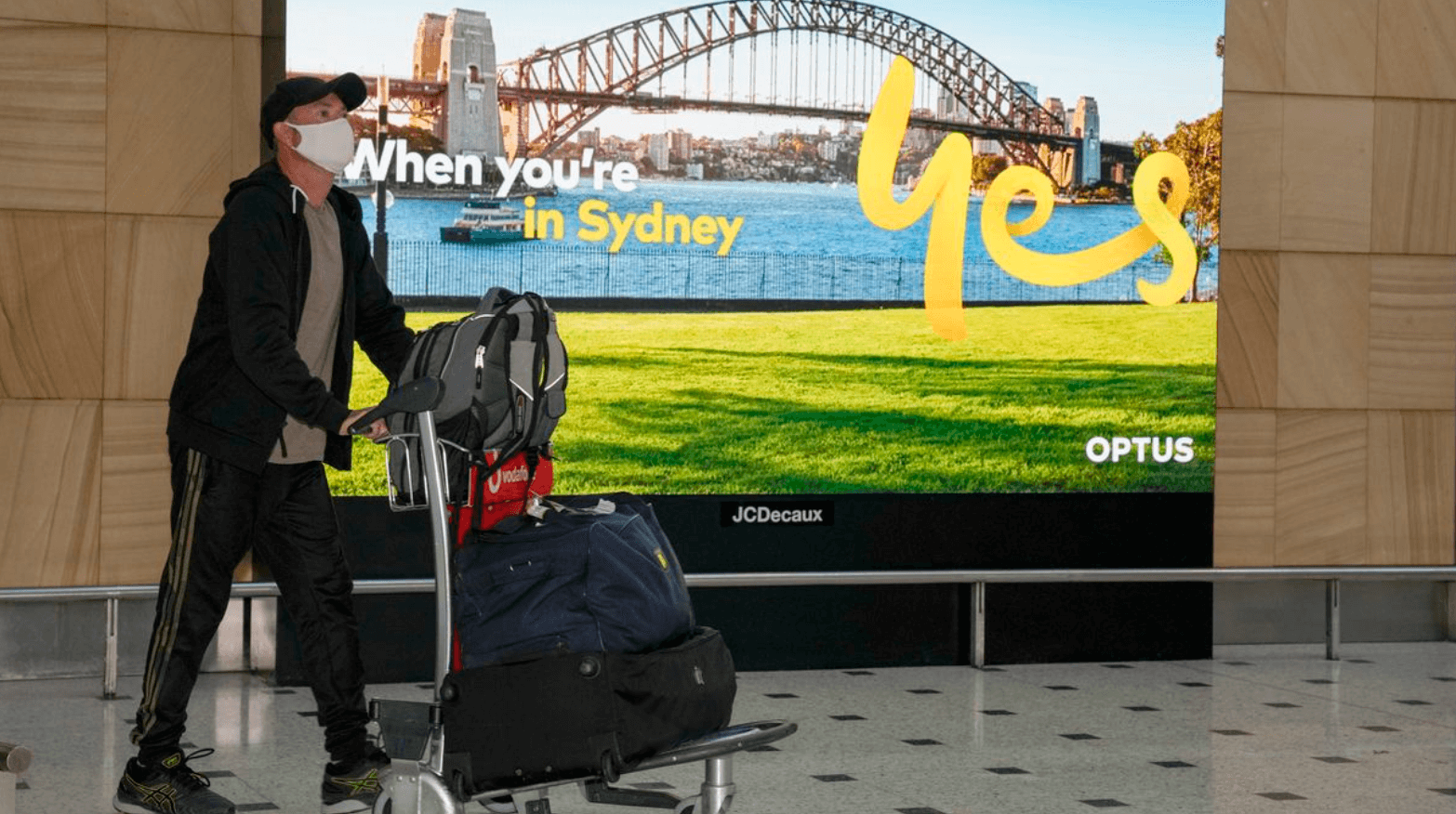
The Priority Migration Skilled Occupation List (PMSOL) identifies 44 occupations which fill critical skills needs to support Australia’s economic recovery from COVID-19. The list is based on expert advice from the National Skills Commission and consultation with Commonwealth departments.
Visa applications with an occupation on the PMSOL will be given priority processing. All other skilled occupation lists will remain active, but the PMSOL occupations will take priority.
The list is temporary and priority occupations may change as Australia recovers from the pandemic. The Government and the National Skills Commission will continue to monitor the impact of COVID-19 on the Australian labour market and assess Australia’s skills needs as they evolve and new sources of data emerge.
There has been no additional changes during the month of August 2022 to the Priority Migration Skilled Occupation List (PMSOL). Strengthened labour market testing will continue to allow numbers of sponsored skilled workers to migrate to Australia to fill urgent skills needs in critical sectors, helping to create Australian jobs and rebuild Australia’s economy.
This bulletin segment will be updated with the most up-to-date list when priority occupations change.
As of 1st September 2022 , 44 occupations remain on the PMSOL including (ANZSCO codes):
Those who are not fully vaccinated are still required to obtain a travel exemption and will be subject to the relevant state and territory quarantine requirements. Unvaccinated travellers must enter hotel quarantine for 7 to 14 days, depending on their state of arrival.
Please see the list of vaccines that are recognised by the Australian government for travel purposes here. Fully vaccinated visa holders should also check Australia’s travel requirements prior to departure.

Ever since the pandemic took off, the mining industry has been busy pilferering talent from every corner of the country – adding some 66,000 workers to its frontline, an astonishing growth rate in its workforce of nearly 30%.
The Australian Resources and Energy Employer Association expects over 300,000 people to be employed in the resources industry by some time in 2023 with another 8% growth by 2027.
That will rely on the delivery of some $130 billion in capital investment in 107 major projects likely to proceed across the country, generating an additional 24,000 production based jobs across the sector.
69 projects requiring 15,000 new workers are slated to come online by the end of 2024 alone and the labour market is already so tight some greenhorn jobs are paying six figures.
The big question is, with unemployment at 48 year lows and the industry battling a seemingly endless battle against skilled labour shortages, where on earth are these people going to come from?
“While we will always celebrate the strength of the industry and the jobs and other benefits that come with increased project investment, given the significant skills shortages at present, many would look to these new workforce projections with some trepidation,” ARREA CEO Steve Knott said.
“Our industry is battling the worst skills crisis in a generation.
“This is threatening the continuity of existing operations, resulting in temporary or permanent production downgrades, and driving other workforce issues including historic levels of staff turnover.
Vacancies high
Like the Bates Motel (12 cabins, 12 vacancies) the resources sector has plenty of openings right now.
“With vacancy levels also at record highs and not showing any signs of easing, we do not expect the industry’s existing labour force to offer any real relief to this forecasted future demand, for example through planned project closures or reductions. Demand for skilled labour will far outstrip supply,” Knott said.
“Simply, unless industry and government can find some creative solutions, the skills crisis facing not only the resources and energy industry but all sectors of the Australian economy, will persist for years to come.
“The industry is ready and willing to work with government, unions and other stakeholders on a myriad of initiatives, ranging from training and VET system reform to streamlining skilled migration processes. We must front-up to this challenge or risk losing some of these long-term national opportunities.”
According to ARREA, ensuring this investment can go ahead is essential to deliver flow-on benefits to the broader economy.
All up ARREA says the resources and energy industry is responsibly for 1 million jobs directly and indirectly, with $420 billion in capital waiting in the wings behind the initial $130b investment planned by the sector.

Australia’s largest consulting firms are hunting for 4000-plus recruits in roles varying from cyber to data analytics to creative jobs, as they seek to combat the ongoing skills crisis before it stymies their record revenue.
Big four consultancy Deloitte has the most open roles with around 1500 positions to fill, followed by EY (980), KPMG (850), PwC (500) and Accenture (several hundred).
Firm leaders said that while the talent crunch was easing compared to last year, they were still facing crippling staff shortages.
“It’s not quite as bad as last year, but talent is still our number one priority in the firm,” KPMG national managing partner of people Dorothy Hisgrove said.
The number of open roles at the firm has dropped by about a quarter compared to 2021, at the same time as the firm’s overall headcount jumped 25 per cent to exceed 12,200 last financial year.
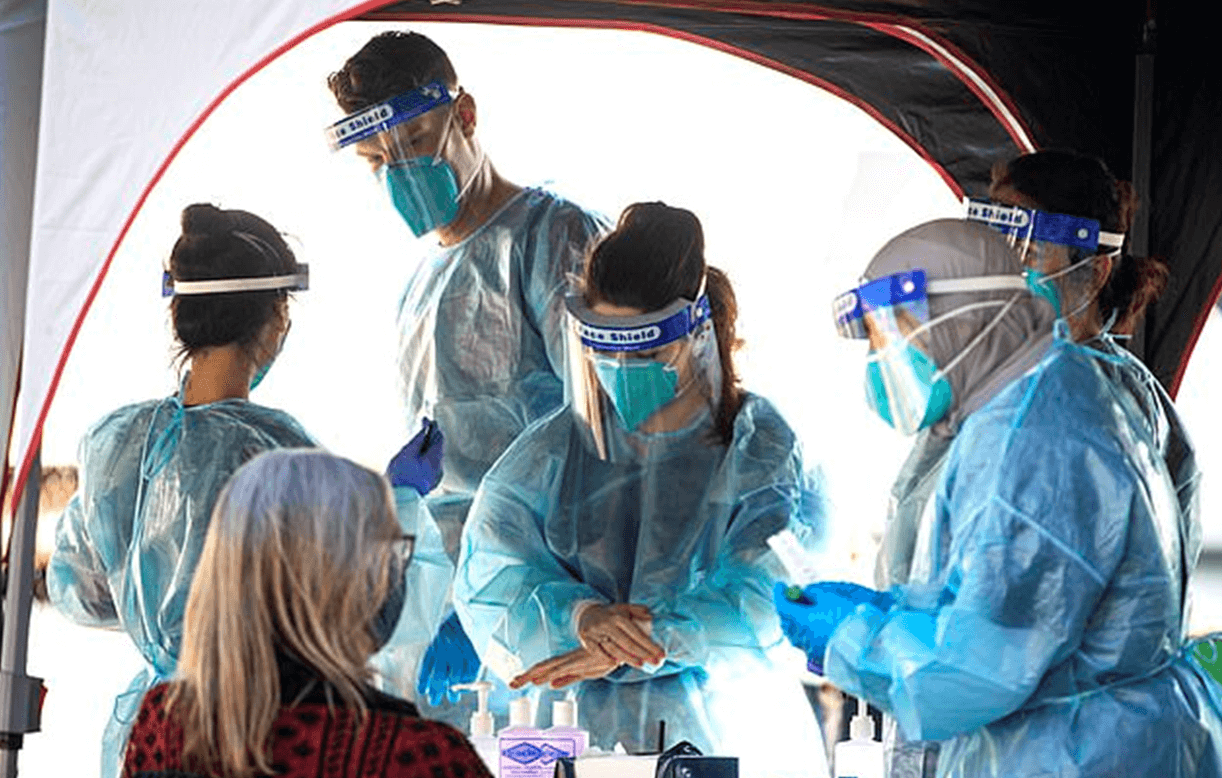
Australia is in the midst of a health crisis — one it cannot staff.
More than two and a half years into the pandemic, COVID cases are once again on the rise.
Unions say the country is facing a significant nursing shortage and things are only going to get worse.
Royal Perth Hospital nurse Julie-Marie Hay has worked in the industry for 20 years, and said she was thinking about quitting because the pace was “relentless”.
“We’re constantly short of staff, we’re constantly asked to do more, we’re constantly asked to work more hours,” she said.
“We need more nurses, but we also need to retain more nurses,” she said.
The number of registered nurses in Australia has increased year on year — even during the pandemic.
But the Australian Nursing and Midwifery Federation (ANMF) said there was still a severe shortage.
“The number of vacant positions being advertised currently has doubled since this time last year,” said ANMF Federal Secretary Annie Butler.
Most recent modelling from 2014
However, the ANMF cannot put a figure on the actual shortfall.
The most recent national modelling was done by Health Workforce Australia in 2014, shortly before it was decommissioned.
It predicted Australia’s demand for nurses would significantly exceed supply, with a projected shortfall of 85,000 nurses by 2025 or 123,000 by 2030.
“In the eight years since, there’s been absolutely no reasonable workforce planning, particularly not at a national level for our nursing and midwifery workforces,” Ms Butler said.
“So some of the things we could’ve been doing over the last eight years, we’ve just let go.
“So now a decade later, when we’re at this critical storm situation we’ve got to try and build back workforce planning, look at proper demand, supply studies, [and consider] what we need not just for the current situation, but what do we need into the future.”
Every state and territory needs nurses, and they are competing against each other.
Premiers have announced grandiose plans to create thousands of new healthcare jobs, but there has been little detail on where these new health workers will be recruited from and whether there will be enough to go around.
Victoria is offering international and returning Australian healthcare workers a $13,000 relocation allowance for those moving to regional areas and $10,000 for others with metropolitan jobs.
Queensland Health offers relocation packages for interstate and overseas candidates that include economy airfares for all dependents, furniture removal, temporary accommodation, visa and registration costs.
There are fears smaller states like Tasmania, which also offers its own relocation package, will be squeezed out of the market.
“At the moment, Tasmania is not competitive,” said Andrew Brakey from the Tasmanian branch of the ANMF.
“There are nurses who will go through a selection process, but at the end of that selection process when they work out their wages and the costs of living in Tasmania and their relocation costs, they’re deciding not to take up jobs they’ve been successful for.”
So how does Australia tackle the issue?
Ms Butler said the union encourages “permanent migration” with close to 30 per cent of the workforce coming from a CALD background.
She said there were nurses “sitting offshore” who were ready and wanting to come. It was just a matter of speeding up the process.
She also said limiting the spread of COVID and boosting primary care would take pressure off the system
“One of the easiest solutions is trying to get the community to assist us and support nurses … by trying to minimise the spread of COVID-19,” she said.
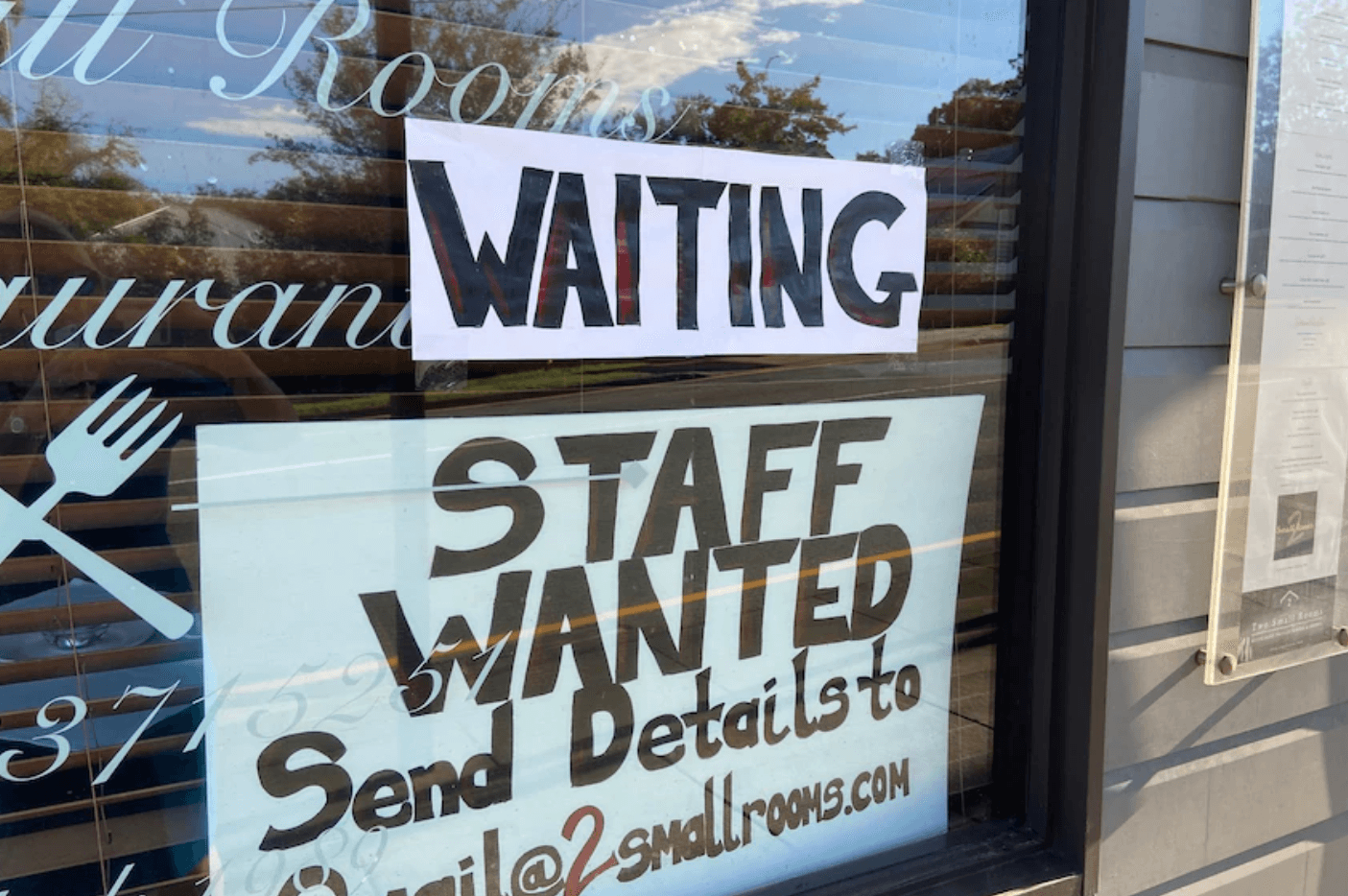
Central Queensland business owner Karla Way-McPhail is looking for 80 new employees, but a nation-wide worker shortage means she is struggling to find anyone.
“Coal miners, we’re certainly looking for people in the hospitality industry, we’re looking for trainers, we’re definitely looking for baristas,” Ms Way-McPhail said.
It’s an increasingly common situation for many businesses that are now battling a perfect storm of worker shortages and rising operating costs in a post-pandemic world.
Ms Way-McPhail, who owns several businesses in mining and hospitality, said before the COVID-19 pandemic the greatest number of jobs she had available at any one time was about 12, but the job market had changed drastically.
“We’re not getting the number of applicants that we used to get, and we’re certainly not getting a skilled applicant pool,” Ms Way-McPhail said.
“We’re experiencing rapid increases across all of our key areas of fuel, insurance, and energy.
“All of them combined together is extraordinarily difficult and I think this would be the greatest pressure I’ve seen financially on businesses to sustain operations.”
The Chamber of Commerce and Industry Queensland (CCIQ) Pulse Report for the June 2022 quarter showed general business conditions improved largely as a consequence of stronger sales and revenue.
But operating and labour costs reached new record highs and profitability was weak.
The report found rising interest rates and energy costs also contributed to the fall in business confidence in the Queensland and national economies.
“We’ve seen through the pulse survey that retaining and recruiting employees is the number one constraint on businesses’ ability to grow … and that’s been the case for quite a few quarters now,” CCIQ policy and advocacy manager Cherie Josephson said.
“We’ve seen the labour shortage just steadily increase over the last couple of years.
“Obviously, the pandemic was a major instigator of the labour crisis but moving forward what we’re seeing is a really competitive labour market.
“We’re seeing a lack of applicants for jobs and we’re also seeing the applicants don’t necessarily have the skills or the qualifications that businesses are needing.”
Ms Josephson said general uncertainty was impacting businesses’ ability to employ staff.
“We’re seeing workforce availability impacted by illness,” she said.
“So there’s a number of different factors impacting and contributing to this labour crisis that we’re in.”
She said there needed to be short and long-term solutions to support businesses through the next 12 months and improve business confidence.
“We know that in the next three months, over 60 per cent of businesses are expecting to need to increase wages or salaries in order to retain and attract new staff,” Ms Josephson said.

Julie Fletcher and her husband Mark spent a decade building a thriving community pharmacy in the remote Tasmanian tourist town of Strahan.
But the business was thrown into disarray when Mr Fletcher – the only registered pharmacist of the two – suddenly died after a stroke last year.
Ms Fletcher cannot legally open her doors without a registered pharmacist and has relied on a series of locums while she tries to find someone to take over the business.
“For a small town pharmacy, it’s really hard,” she said.
The financial and logistical juggling act fell into a heap this week and Ms Fletcher was forced to close for several days because she could not find anyone to step in.
She hoped to access the Rural Locum Assistance Program (LAP), which provides locums for remote healthcare practitioners who have no-one to cover their leave, but says she has been knocked back because she is not a registered pharmacist.
“They cover a range of people, like doctors, but not pharmacy assistants or owners of pharmacies,” she said.
Pharmacy Guild of Australia state president Helen O’Byrne said rural pharmacies were already struggling to attract workers before COVID-19 exacerbated the situation.
She said the worker shortage was pushing up the price of locums and creating additional pressures for small town pharmacies.
“It’s a market response to scarcity,” Ms O’Byrne said.
“Because there’s not many around, the price has gone up significantly and it does make it ever harder.”
Ms O’Byrne said the guild was advocating for measures to address the shortfall, including easier pathways for migrant pharmacists and incentives for graduates, but she said the sector’s “huge issues” could not be solved easily.
“There are so many economic and environmental factors, including a low unemployment rate and a lack of pharmacy graduates, and all those issues need a multi-layered response,” she said.
“Lots of different levers need to be pulled to try and get any sort of resolution.”
Despite the emotional and financial burden of keeping Strahan Pharmacy open, Ms Fletcher is reluctant to simply leave town until she can find a new pharmacist to take over.
“The Strahan community is so supportive of us that there’s no way I’d close the doors on them,” she said.
“It’s a motivation and passion for me now.
“Because I’ve done it for a year, I’m not going to give up.”
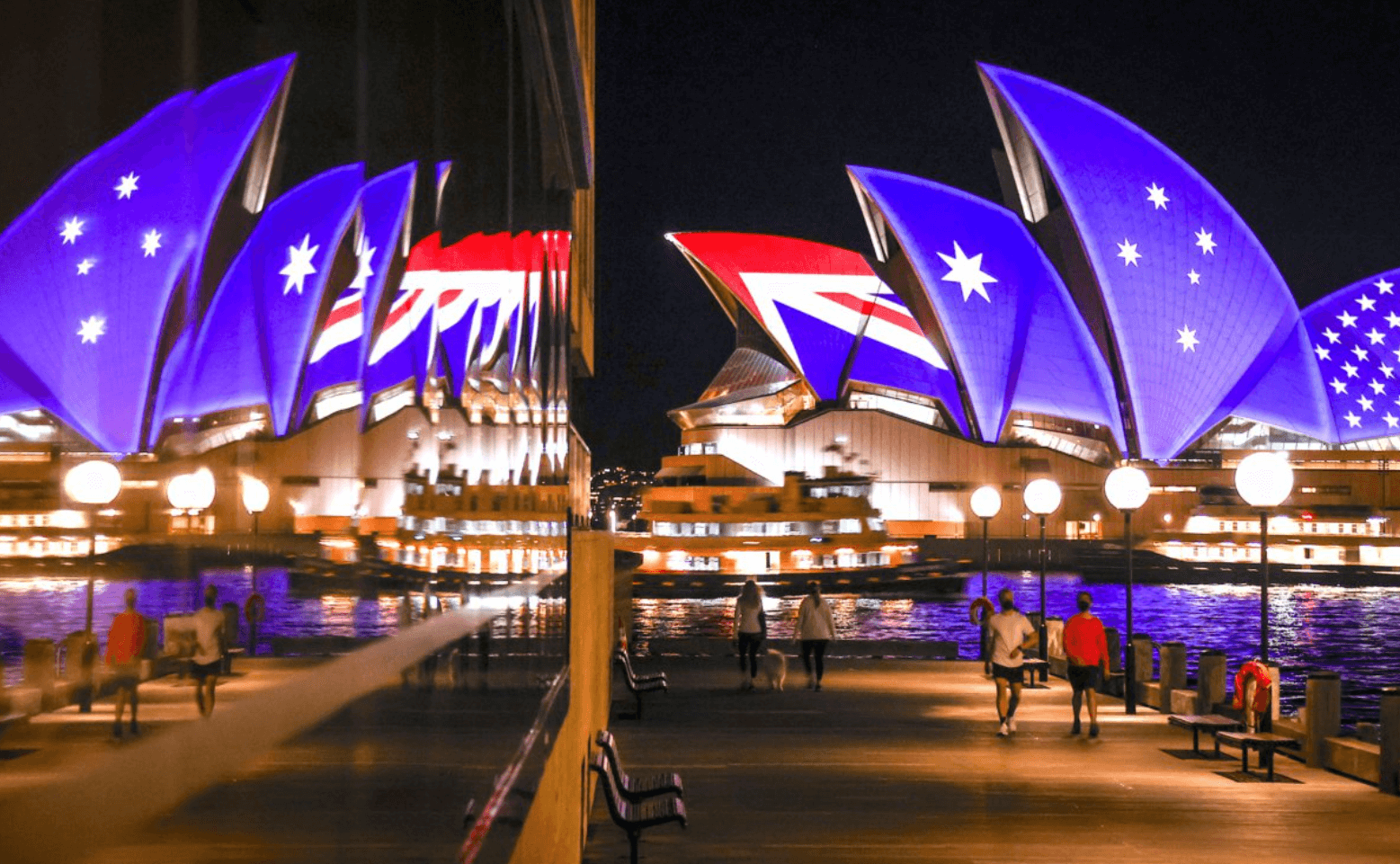
With its pristine beaches, world-class education, and pretty good post-graduation opportunities, the Land Down Under has never ceased to be a top choice for study abroad enthusiasts. Each year, there are countless Australian scholarships open to international students who are keen to sample some of the world’s best academic offerings.
Australian universities are ranked favourably globally: five schools made the cut in the top 50 list of the latest QS World University Rankings, with the prestigious Australian National University leading at the 30th position. Despite losing foreign student numbers to pandemic-related travel restrictions, the country’s reopening in December 2021 has since shown a positive recovery.
If you’re pursuing a bachelor’s degree in Australia anytime soon, keep in mind that the standard intakes are usually in February and July each year. As you weigh your options, check out these undergraduate Australian scholarships that you may qualify for as an overseas student:
Top Australian scholarships for international students offered by universities
Australian National University (ANU) Chancellor’s International Scholarship
With 200 awards up for grabs, this merit-based scholarship is open to all international students accepted to ANU, and is divided into 12 categories. At the undergraduate level, winners are entitled to a 25% fee waiver for the entirety of their studies. They may also qualify for country-specific awards, and will always be assessed for the highest-value award they’re eligible for first. The application deadline is Dec. 15, 2022.
Bond University International Undergraduate Excellence Scholarship
Bond University is known to be the number one university in Australia for student satisfaction at the undergraduate level, so getting your bachelor’s degree here is worth every cent spent.
You won’t have to fork out as much though with the International Undergraduate Excellence Scholarship, which remits 50% of the tuition fee for the winner’s chosen programme. You’ll need to be a high achiever with a minimum ATAR of 96 or equivalent to have a shot at this competitive award, and applications are still open for incoming students.
James Cook University (JCU) Vice Chancellor’s International Student Scholarship
One of the most generous Australian scholarships offered to international students, this award provides up to A$40,000 annually to winners for the minimum course duration. Applications are strictly invitation-only to those with a weighted average mark of 85% or higher, and are assessed automatically when you submit your course applications. The next round of assessments will open on Oct. 10, 2022.
La Trobe University’s Vice-Chancellor Excellence Scholarship — India and Sri Lanka
Future students from these two countries may be eligible for a 100% tuition fee scholarship if they meet all requirements. The award is applicable to bachelor’s-level studies on any of La Trobe’s campuses, and students must be registered to study full-time.
Candidates will be examined by a selection panel based on academic and extracurricular achievements, and recipients must be willing to be international student ambassadors for the university throughout their study period.
Southern Cross University, Outstanding Academic Excellence Scholarship
Worth up to A$60,000, this is one of the best Australian scholarships for newcomer students who prefer to live away from big cities. The award will be divided at A$15,000 per annum for their entire study duration.
The scholarship is open to international applicants admitted to the Bachelor of Engineering System (Honours) and Bachelor of Science programmes at the Lismore campus, and the Bachelor of Science degree at Coffs Harbour.
University of Canberra’s Vice-Chancellor’s Social Champion Scholarship
This award will be given to those commencing their studies in the first semester of 2023. With a value of up to A$50,000 yearly, overseas students accepted to any full-time degree programme could stand a chance to win this prestigious scholarship, as long as they hold a minimum of 80% average in their course requirements. The scholarship is currently open and will close on Oct. 9, 2022.
Sir John Monash Scholarships for Excellence
International students completing Australian Year 12 or International Baccalaureate in Australia with an ATAR of 98+ or equivalent will be automatically considered for this scholarship. There are only 10 awards per year, and the total amount is valued at up to A$40,000, divided over a period of four years maximum. Considering its well-known reputation, winners may be asked to take part in promotional or marketing activities by the university.
Griffith Remarkable Scholarship
This Australian scholarship from Griffith University rewards exceptional full-time incoming students. It covers half of the tuition fee amount and is valid for the entire degree programme. Students must have applied to study at Griffith by the scholarship deadline in each trimester, and satisfy all entry requirements for their courses.

Mention Australia and the first thing that comes to mind are probably stereotypes about its accent and wildlife. This large Oceanic country may be known for its breathtaking nature, attracting millions of visitors to its coasts each year, but it’s also a place where people come to stay. One in four Australians were born overseas, making it a diverse, multicultural country where everyone can find a sense of home.
As a powerhouse for international study, Australia has some of the best-ranked universities in the world that draw thousands of students to all over the country. Although travel restrictions from the COVID-19 pandemic have made it harder for students to travel in the past couple of years, the Australian Strategy for International Education 2021-2030 and the country’s border reopening are set to bring in more students with investments directed to supporting their growth.
If you’re looking for a dynamic destination to study with a world-class education that is accepted worldwide, now is the time to make Australia your home away from home. You can opt for a fast-paced city life, or a more laid-back lifestyle away from the hustle. Either way, Australia has something to offer for everyone, and here’s where you can find them:
Study in Australia’s Northern Territory
Affordable. Relaxing. Multicultural. These three words sum up why the Northern Territory (NT) is a haven for those looking to explore, learn and grow in Australia. The Territory is a land full of opportunities, featuring stunning landscapes, pioneering histories and a laid back yet vibrant culture. It’s the perfect destination for newcomers — ask any of the Study Northern Territory (Study NT) students who have called it home and enriched the NT’s cultural mosaic within its thriving community. 2022 Study NT Student Ambassador, Akansh from India says, “Darwin is the perfect balance between city life and the outback life. Every weekend is great for a road trip with your friends to the nearest national park and surrounding areas; it is a great way to relax and connect with nature after a week of work and study.”
Aside from spectacular displays of nature in the outback, its capital city of Darwin is the northernmost urban centre in the country, and is an important international gateway connecting Australia to Asia. Here, you’ll get an eclectic blend of city life and outdoor adventures in one of the most culturally diverse places in the country. Over 100 nationalities are represented in the Territory, so you’ll feel right at home in its welcoming atmosphere.
With a bustling urban centre, scenic national parks, and vast educational opportunities, it is little wonder why the Territory attracts over 4,000 international students each year. Being a part of the Study NT cohort means joining a lively population of 245,000 in the region, which incidentally also has Australia’s youngest demographic with a median age of 32 years.
The Territory is home to many international education and training institutions, schools, and vocational education and training colleges for you to explore while surrounded by like-minded people from various cultural backgrounds. It’s where you can grow within and outside the classroom, in addition to expanding your international network by connecting with your peers.
The Northern Territory’s rapidly expanding economy has translated into jobs in multiple sectors for those looking for a better life. Whether you’re looking for a career in hospitality, healthcare, education or the services sector, there’s always something available for you to step into a meaningful role and give back to the community. It’s a place where you don’t have to chase for opportunities; they will come to you instead.
Study in Melbourne
A reputable centre of excellence that needs no introduction, the University of Melbourne consistently ranks as one of the world’s best universities. It is the country’s number one university and a prestigious member of the Group of Eight. The university’s sprawling main campus in Parkville has produced some of the world’s brightest minds, including eight Nobel Laureates.
The city of Melbourne alone makes an excellent case for why it should be your study destination. As Australia’s second-largest city, it’s a major financial and cultural hub, with a diverse population where around 140 cultures are represented. Melbourne is regularly featured among the world’s top 10 most liveable cities, and is home to major international sporting events such as the annual Australian Open and Formula One’s Australian Grand Prix.
The perks of being a student at Melbourne are innumerable: not only do you get to live in an electric global city, you also have easy access to stunning forests, beaches, and pristine coasts. It’s certainly an experience that adds value to your years of study at the university. It’s why Melbourne is a hotspot for international students: there’s never a dull moment no matter where you go when the atmosphere is convivial and welcoming everywhere.
Study in South Australia
TAFE South Australia (TAFE SA) is the state’s largest vocational and educational training provider based in the city of Adelaide, one of the world’s top three most liveable cities. Boasting extensive state-of-the-art facilities, quality education, and strong graduate outcomes, TAFE SA gives its students a winning edge by equipping them with career-ready skills that are high in demand within the workforce.
Through exhaustive hands-on learning, an education at TAFE SA focuses on honing your skills to its fullest potential that is concurrent with contemporary career opportunities. Its international character is highlighted by the fact that its overseas students come from more than 70 countries to receive a valuable Australian education that is recognised globally.
Numerous work placements are available for you to experience the South Australian job market firsthand, which serves as a good springboard to secure long-term employment after graduation.
Living in Adelaide is another bonus, especially considering the city’s lower living costs compared to other cities like Sydney, Perth, or Brisbane. It’s the ideal location for students: you get the joy of a well-balanced city life filled with a lively cafe and beach culture — all at a cheaper price — while still getting the best of what Australia has to offer.
Study in Perth
Don’t be fooled by Perth’s moniker as the world’s most isolated city. The City of Lights is also a city of wonder dotted with stunning parks and natural landmarks. The largest city in Western Australia is also known as a place of possibilities, as evident through its popularity as a global study destination. Perth College adds to that reputation, drawing from more than 120 years of expertise to guide bright young women to limitless futures.
As one of the oldest independent girls’ schools in the state, it is now home to more than 1,000 girls, with over 100 boarders coming from regional WA and abroad. No matter their background, the College is where all of them can shine equally through a robust education that encourages independence. Young girls are challenged through a rigorous curriculum and a flourishing student life that fosters confidence for them to take on the future.
Perth itself offers many opportunities for excursions and activities if you need a break. Have a picnic at Cottesloe Beach, or walk along King’s Park, the world’s largest inner city park and home to the WA Botanical Gardens. The tranquil Rottnest Island is just 19 km away, and is where you can see the famous quokka in its natural habitat. City life in Perth is characterised by a love for food, art, and community, all of which provide an unforgettable experience for any student who calls it home.

Commonwealth Games gold medal for Australia’s Women’s Rugby Sevens. England. August 2022

Kookaburras secure Commonwealth Games hockey gold with thumping 7-0 victory over India. England. August 2022
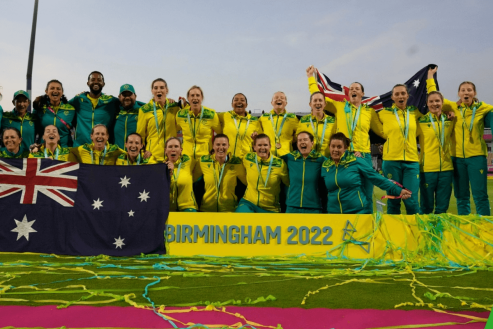
The Australian Women’s Cricket Team has made history by winning Commonwealth Games gold in T20 cricket by nine runs over India. England. August 2022
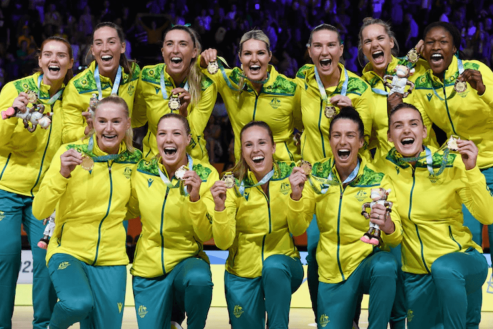
Australia clinched netball gold at the Birmingham Commonwealth Games. England. August 2022
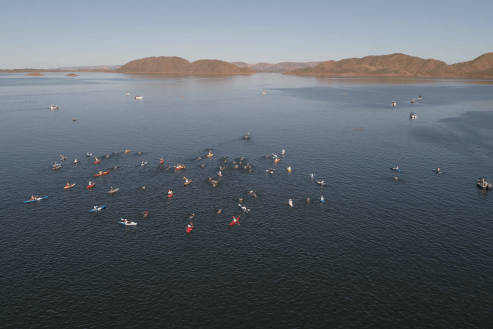
Swim 2 kilometres, paddle 7 kilometres, trail run 7 kilometres and mountain bike 18 kilometres at the Lake Argyle Adventure Race! East Kimberley, Western Australia. August 2022
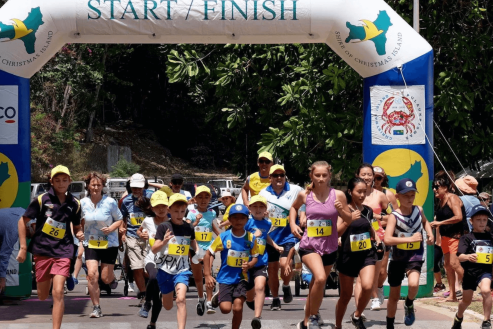
Family fun on a remote course running through scenic tropical rainforest, along a picturesque stretch of coastal road ending at Christmas Island’s iconic Flying Fish Cove at the Christmas Island Marathon! Christmas Island. August 2022.
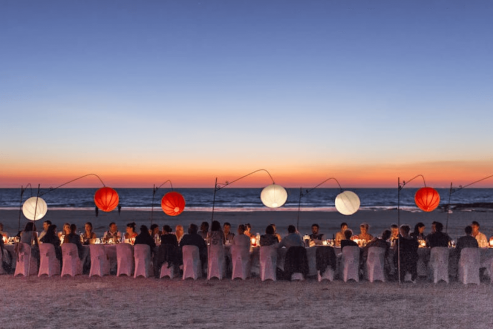
A unique community spirit, cultural diversity and vibrant history at the Shinju Matsuri (festival of the pearl)! Broome, Western Australia. August 2022

A celebration of sharing Culture on Country! North Stradbroke Island, Queensland. August 2022
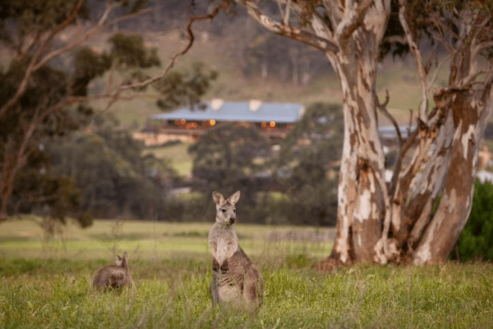
Wildlife in the outskirts of Australia’s cities! Wolgan Valley, New South Wales. August 2022
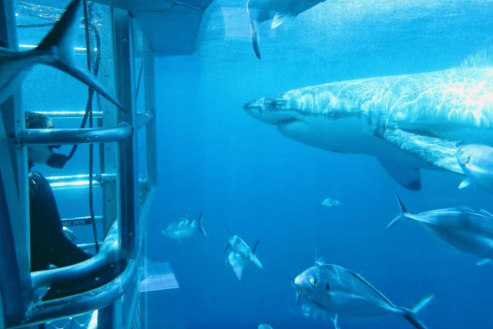
A close encounter with Great White Sharks from the comfort of a highly secure underwater cage!! Port Lincoln, South Australia. August 2022
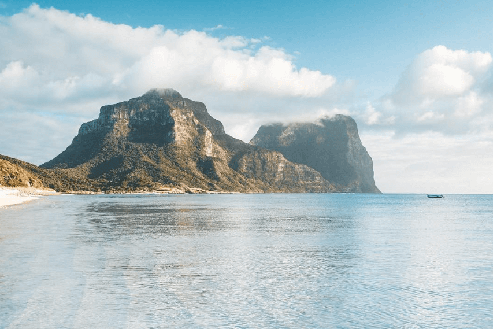
A perfect winters morning at Lord Howe Island! Lord Howe Island. August 2022

A bright night sky! Uluru-Kata Tjuta National Park, Northern Territory. August 2022
As legislation and travel requirements are constantly changing, we strongly recommend obtaining advice on your individual situation from a Registered Migration Agent. Please click here to book a consultation with one of our Registered Australian Migration Agents, located in Australia.






You can manage your membership and billing method by clicking here
Terms of Service
Privacy Policy
Copyright © 2025 Office of Immigration Australia, a private company registered in Australia. All Rights Reserved.